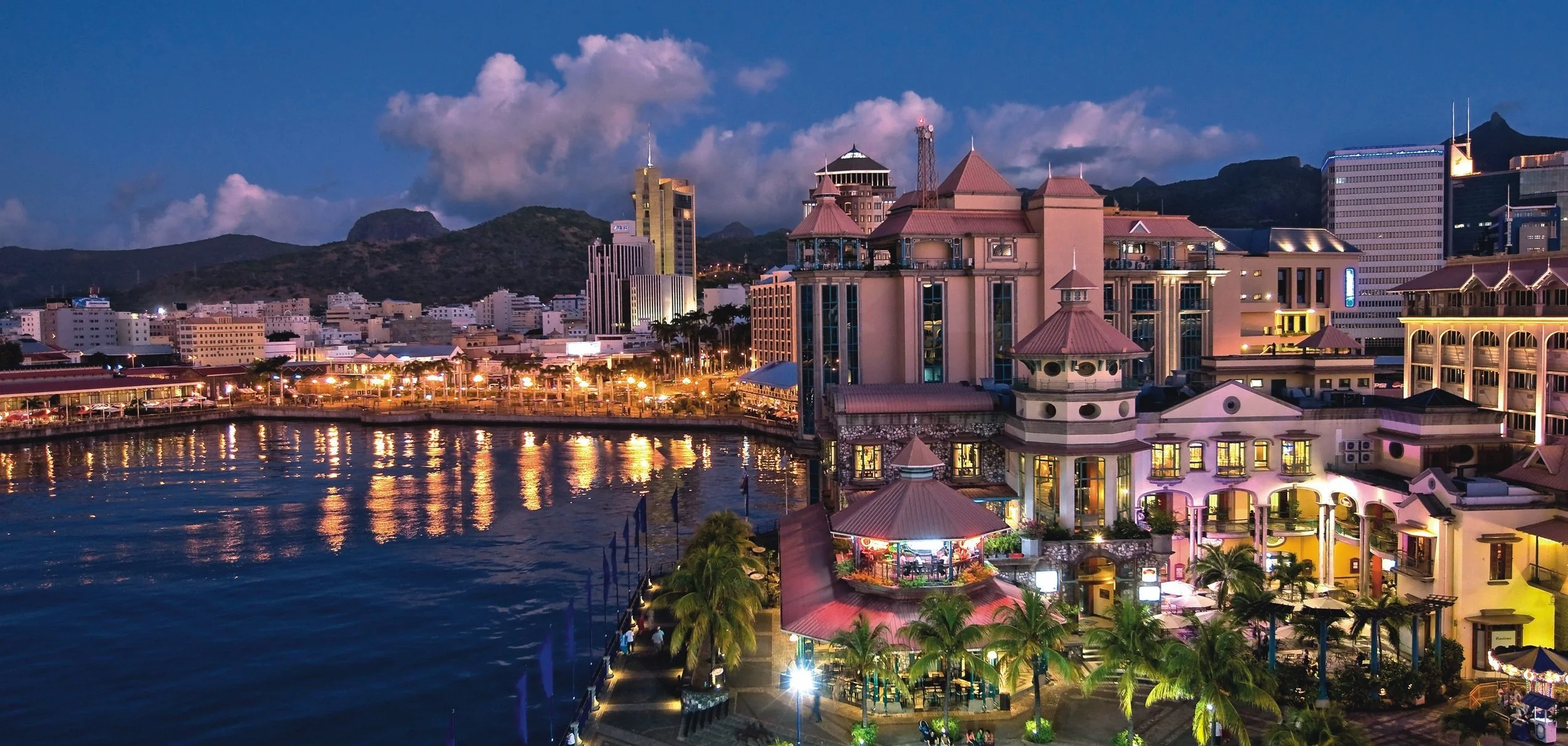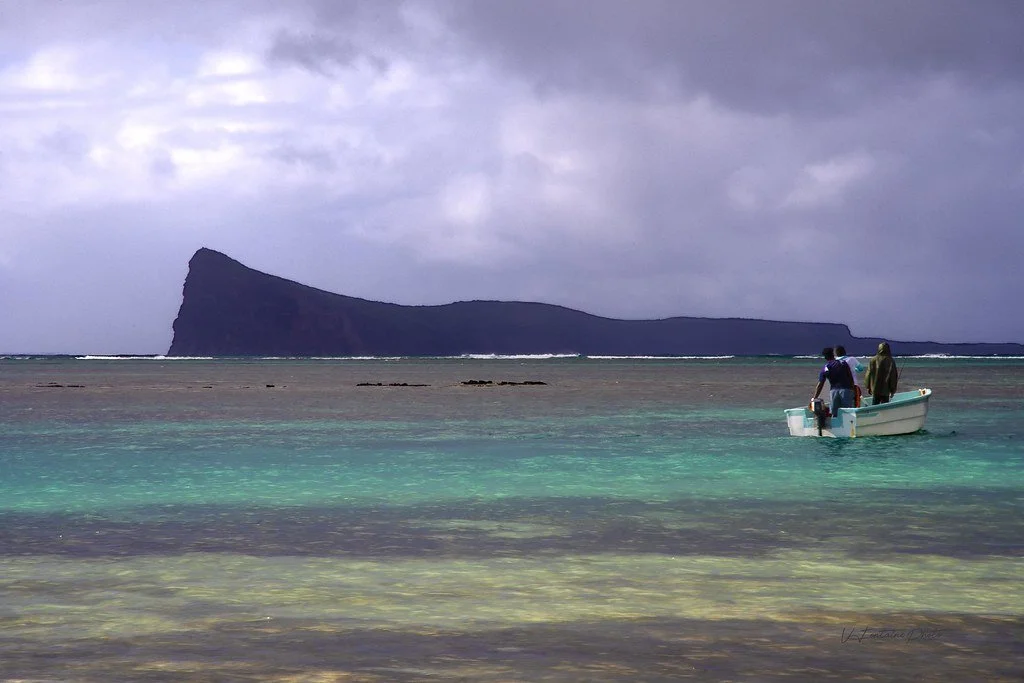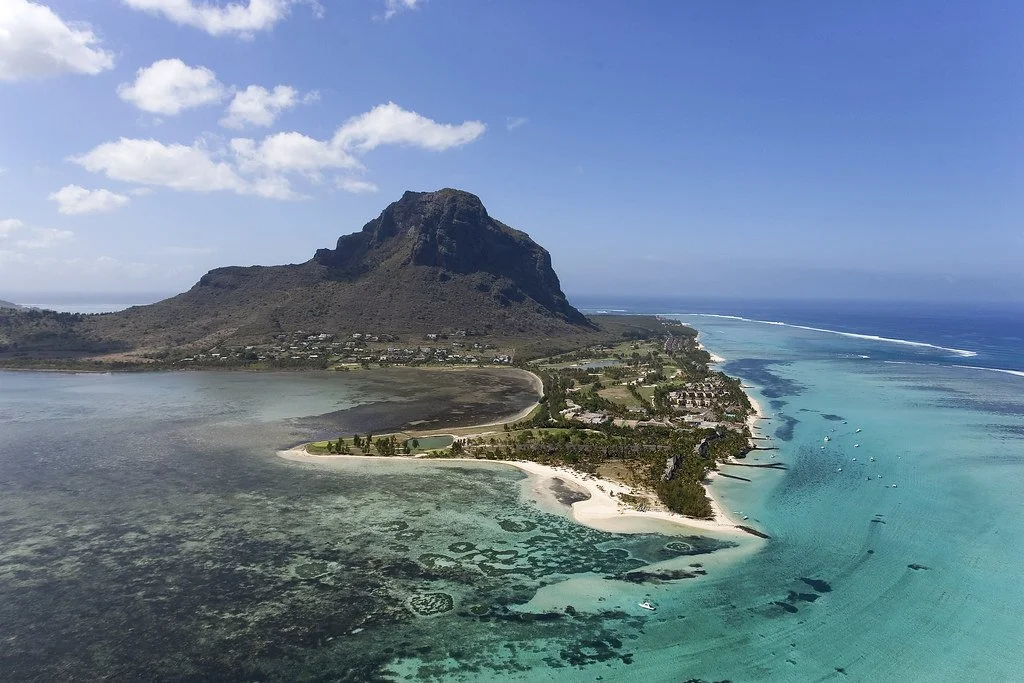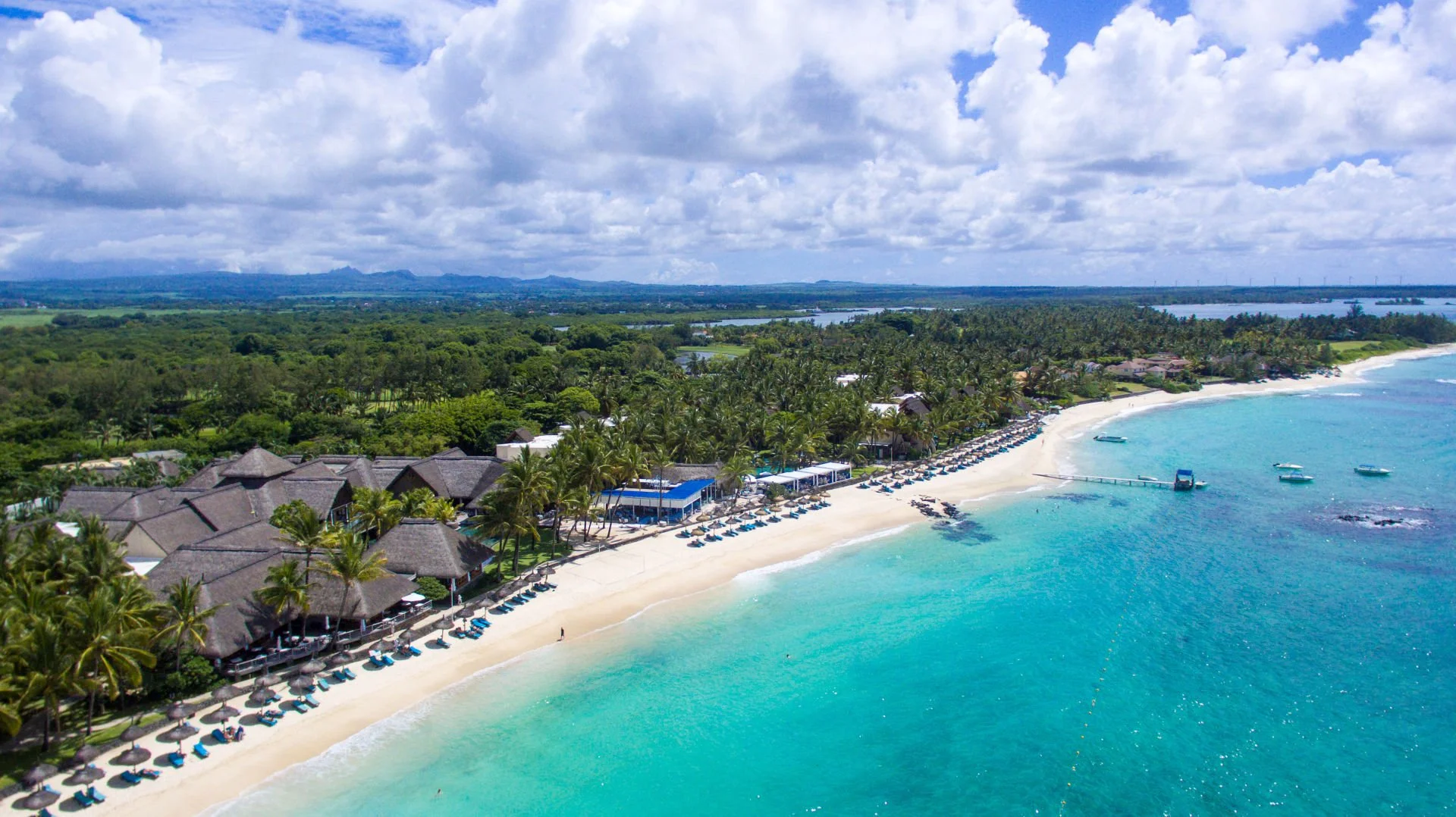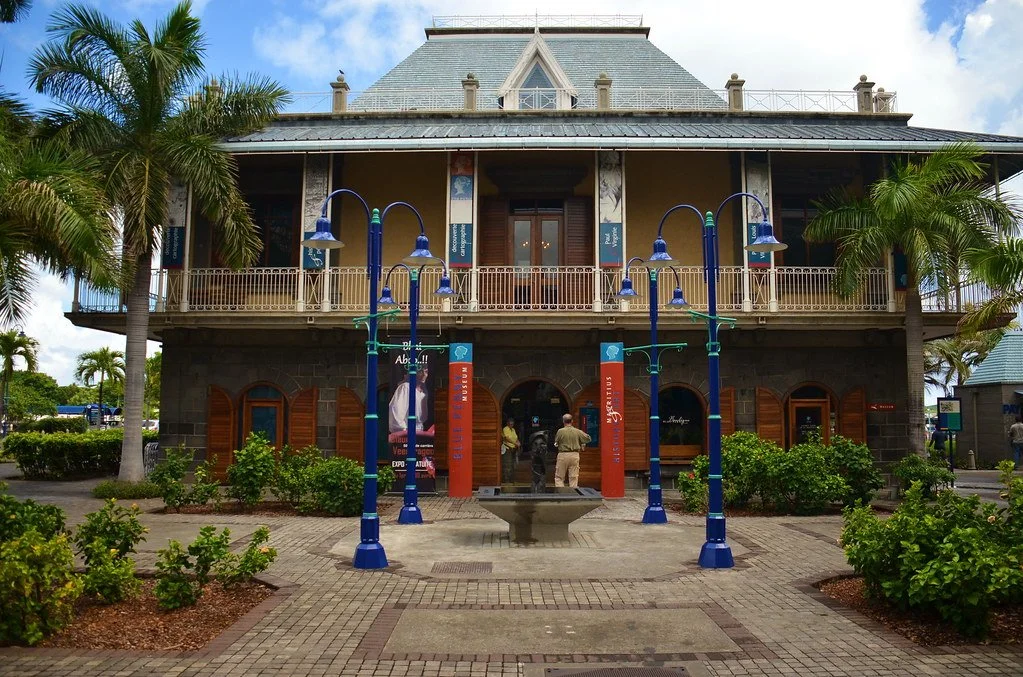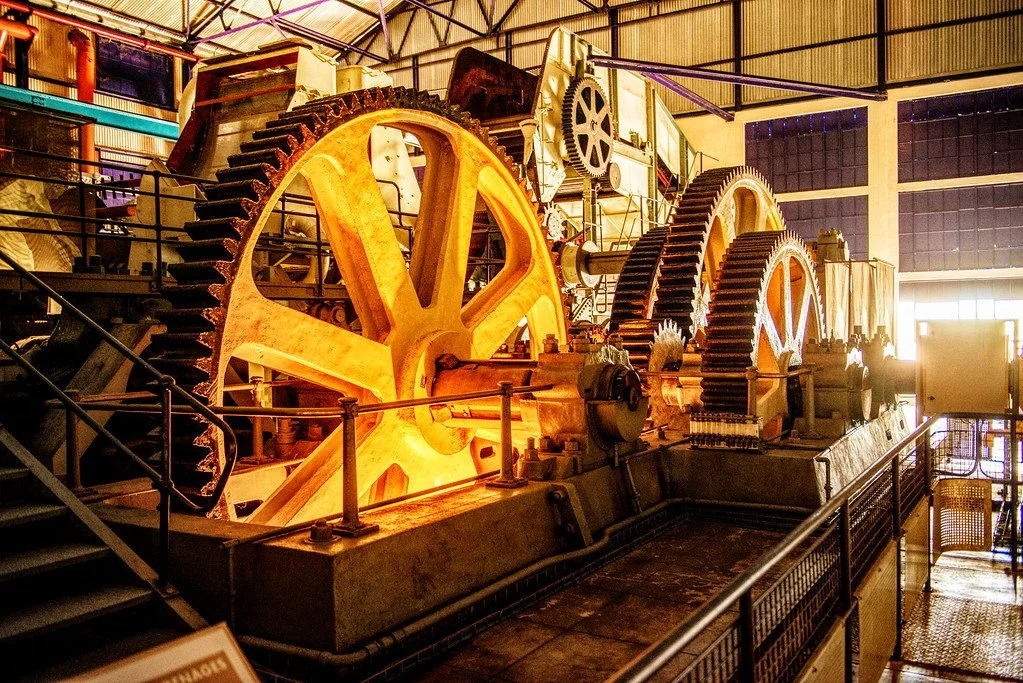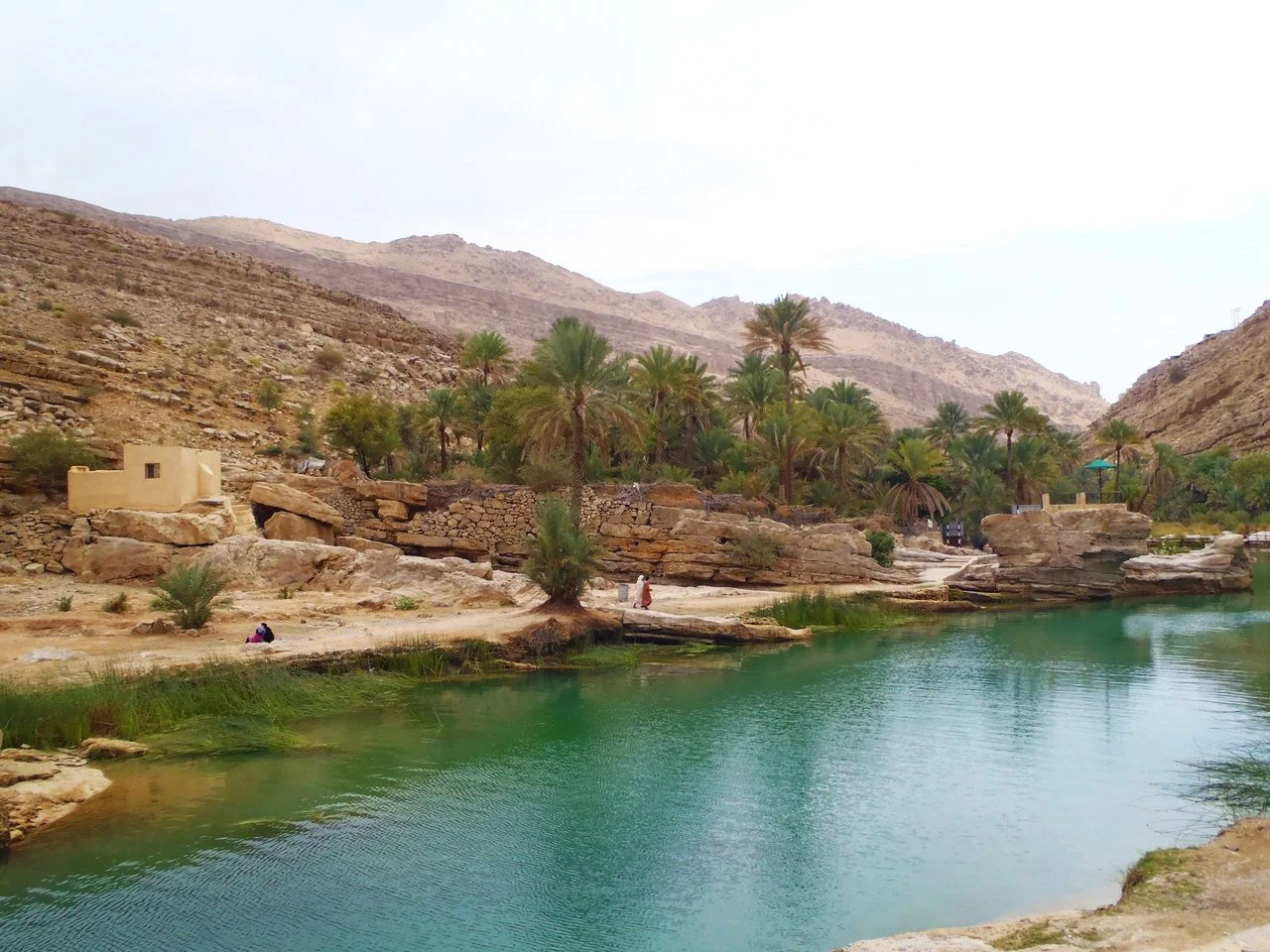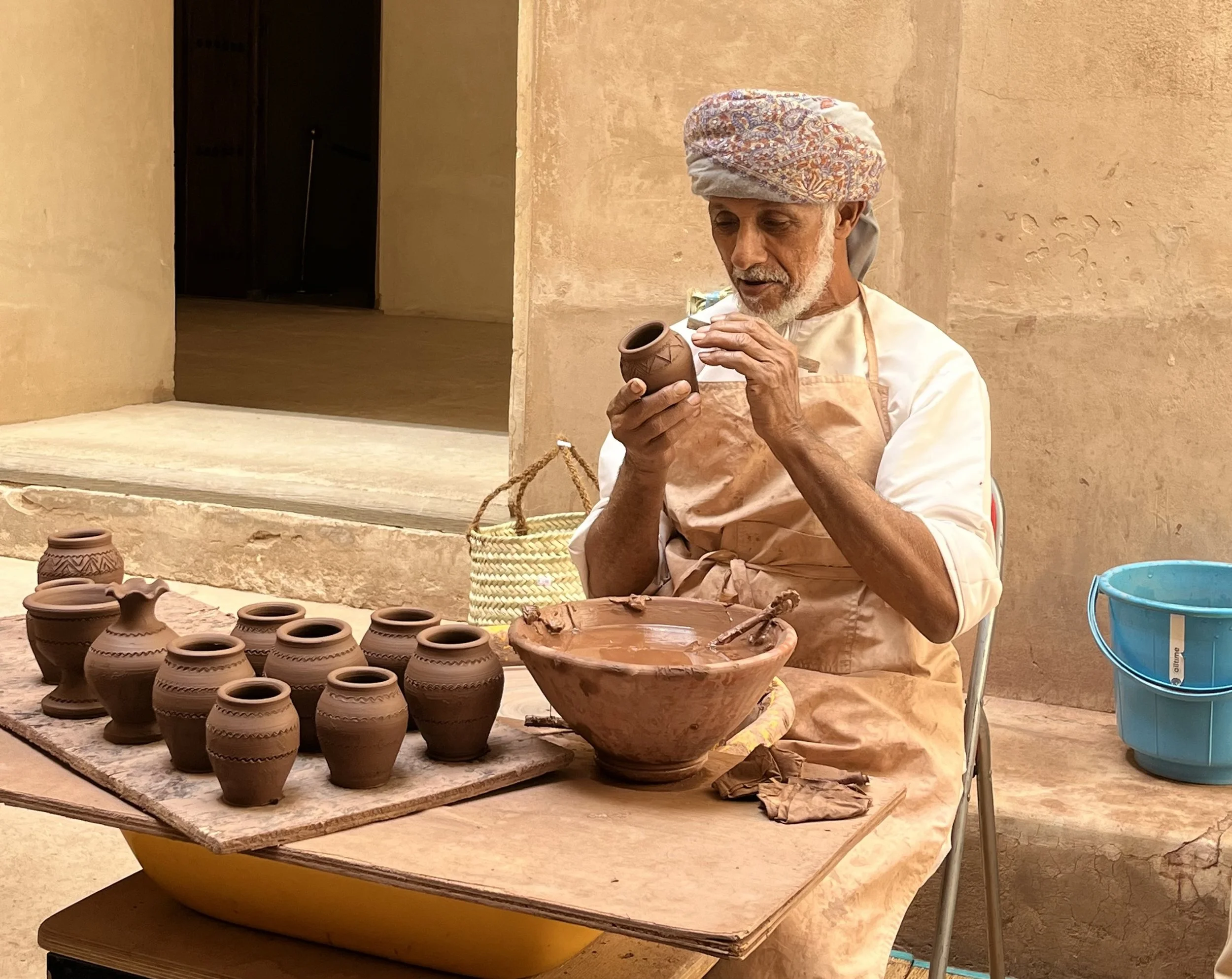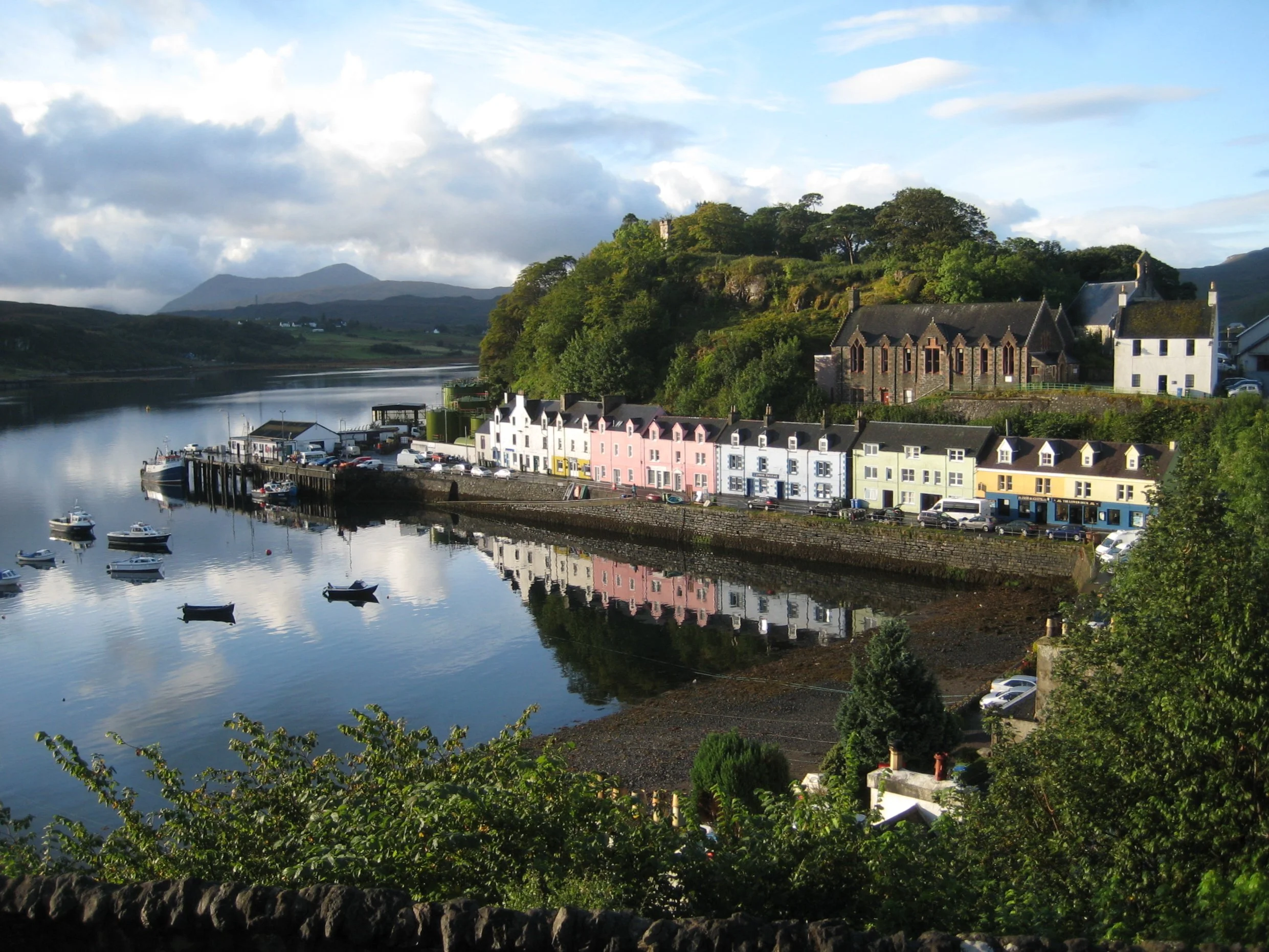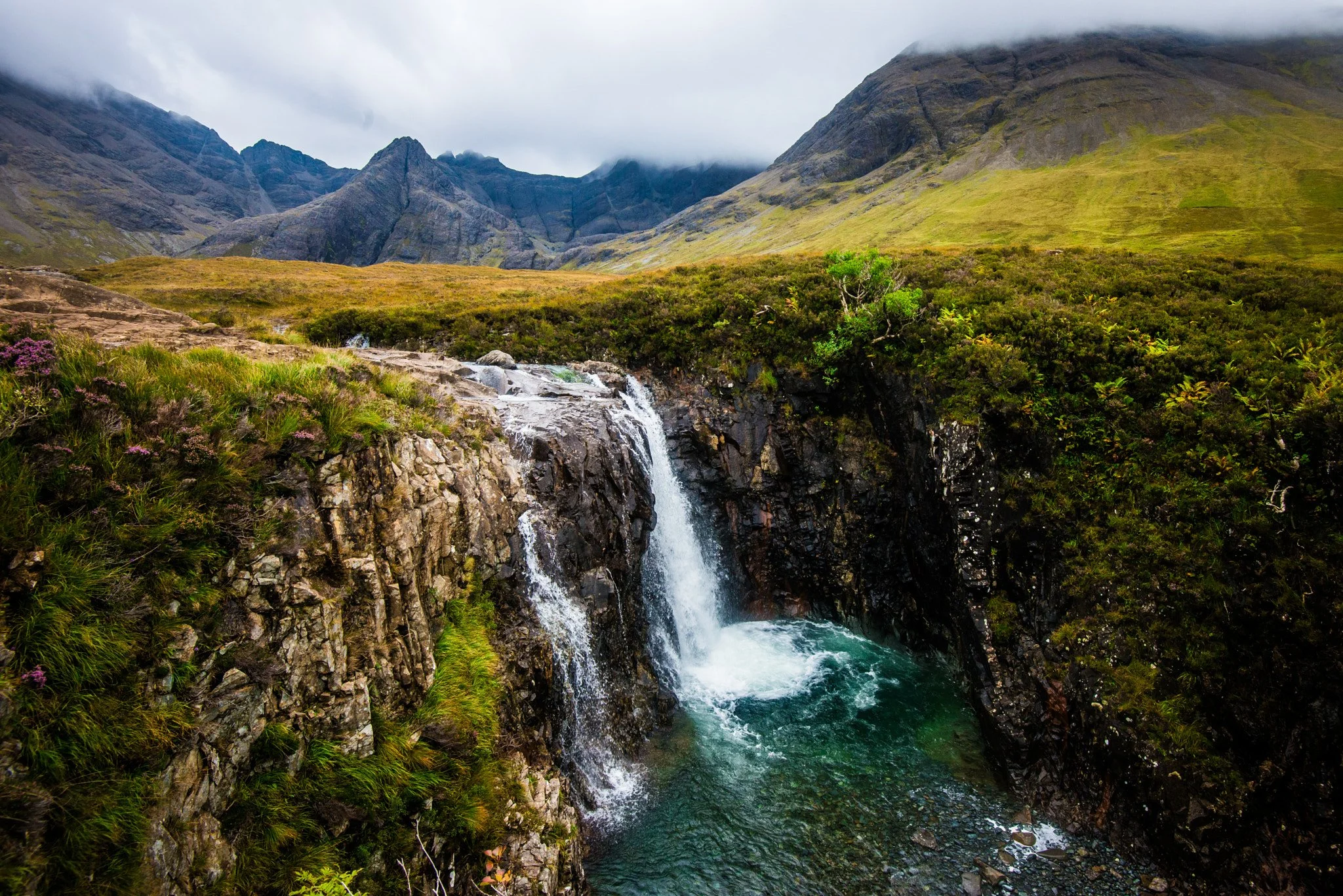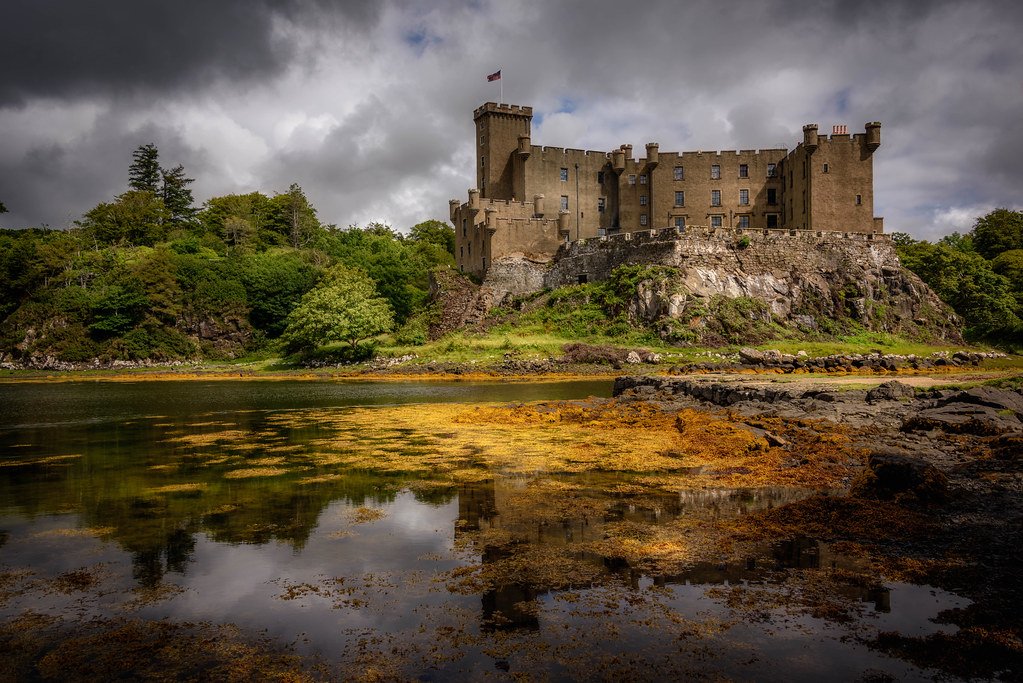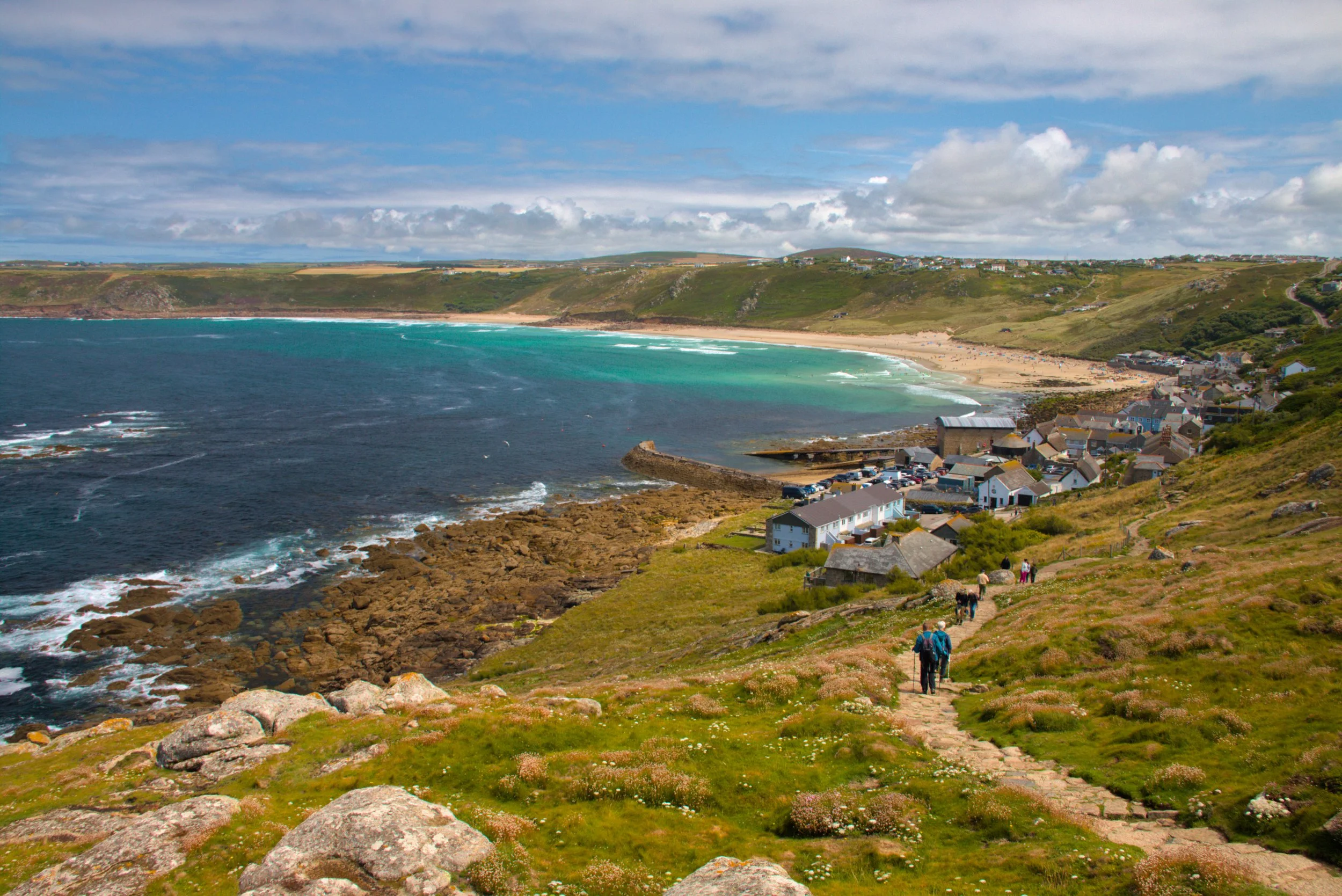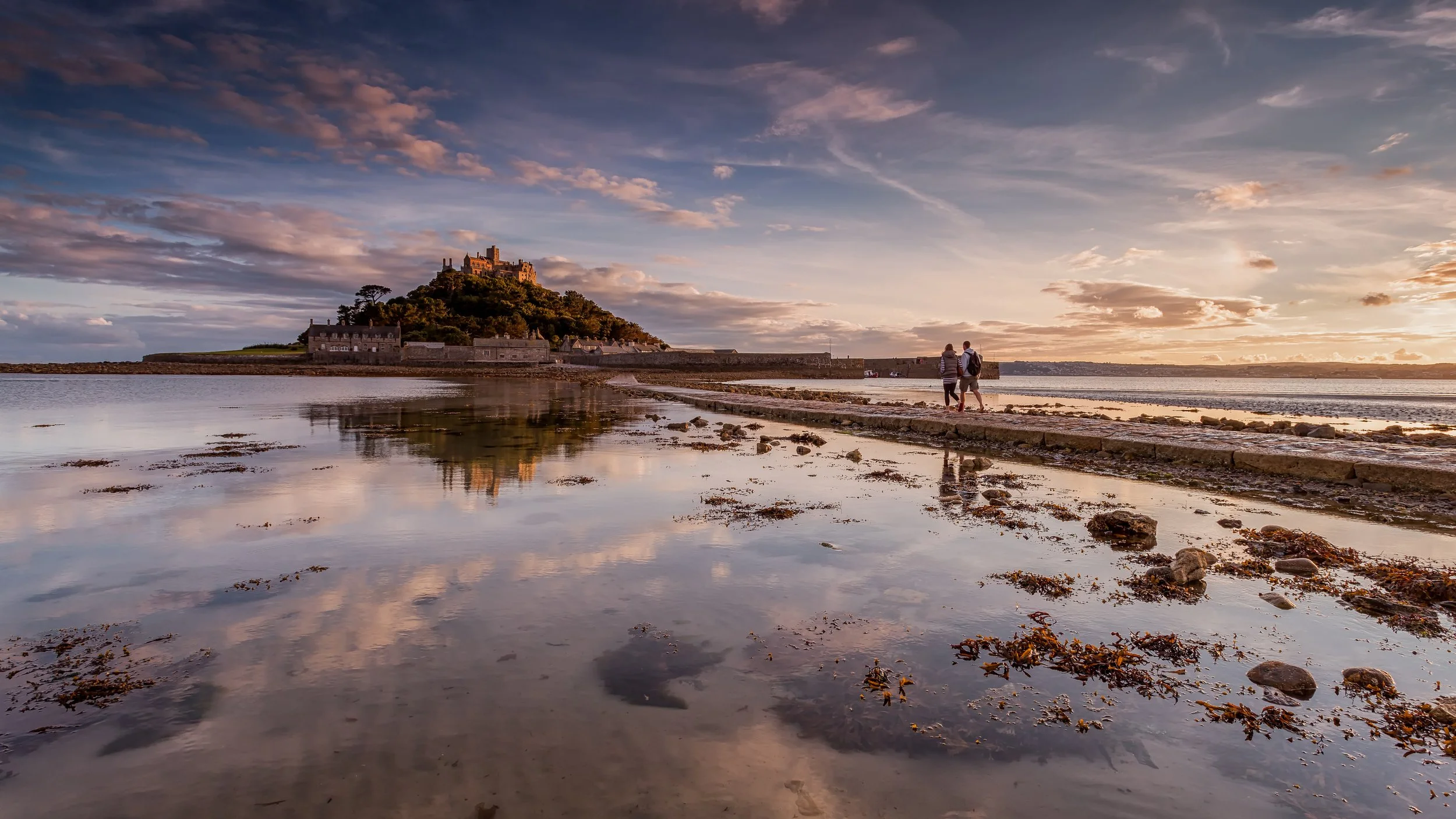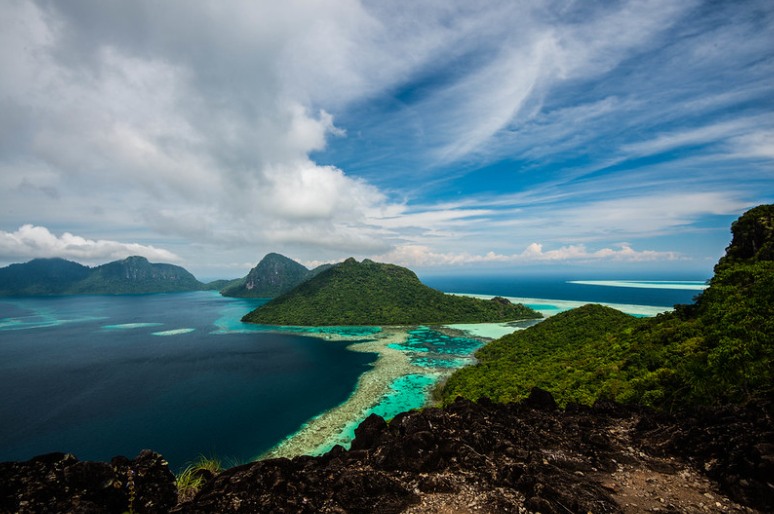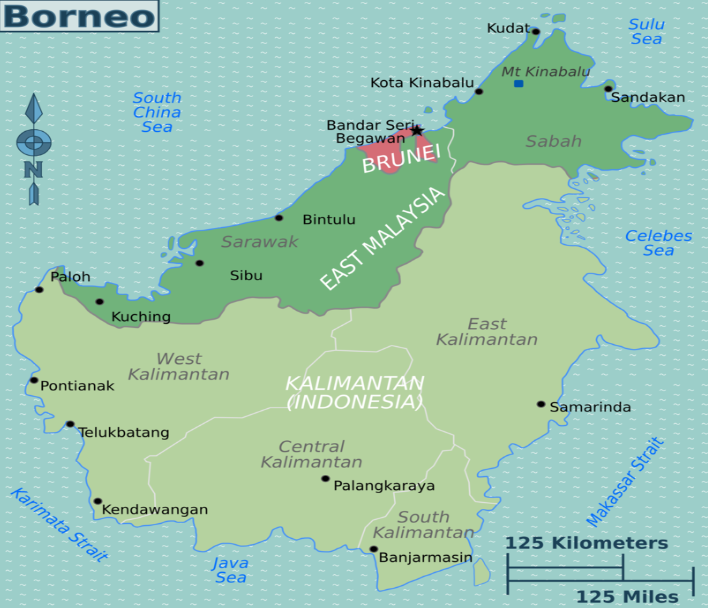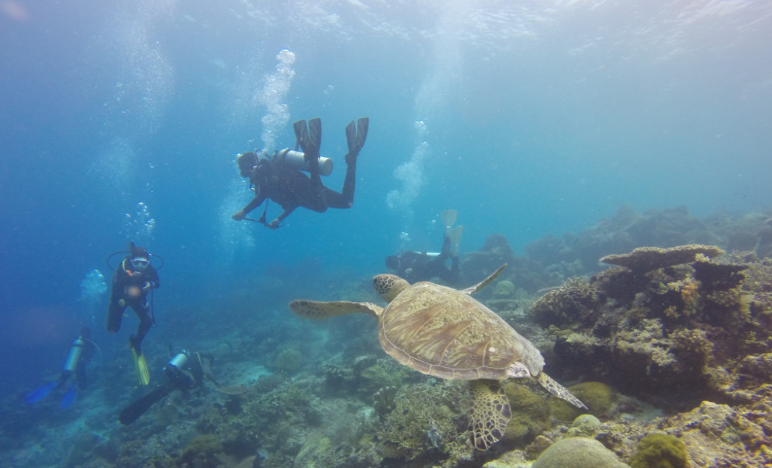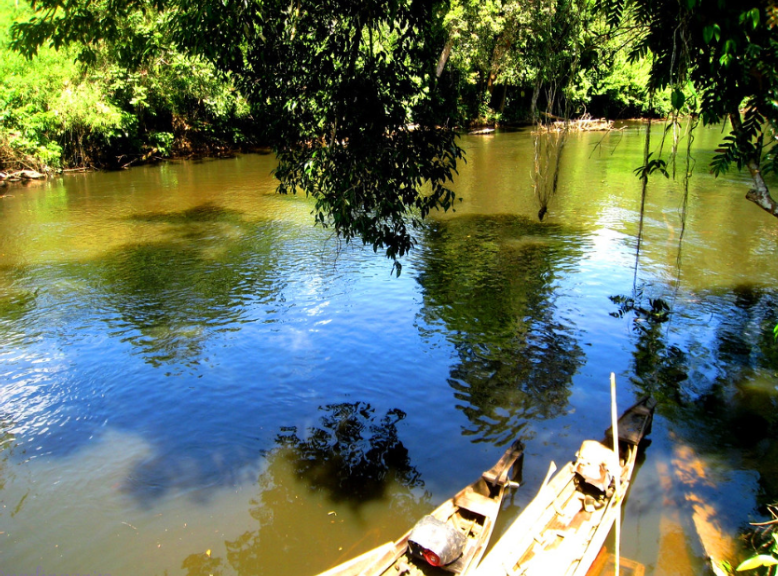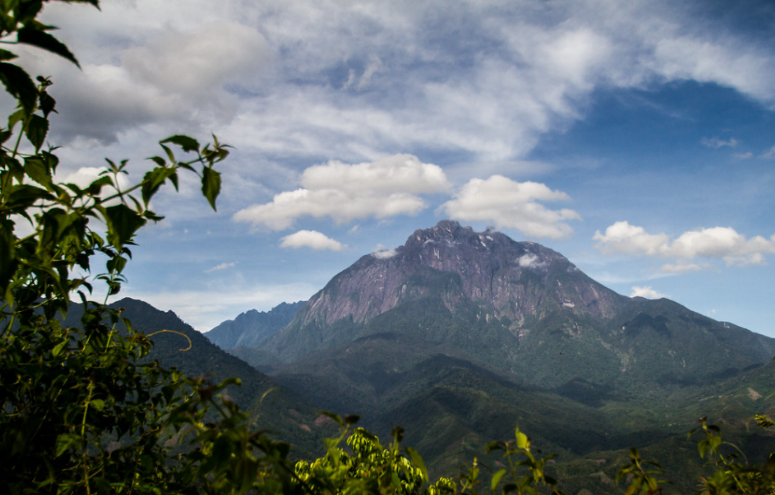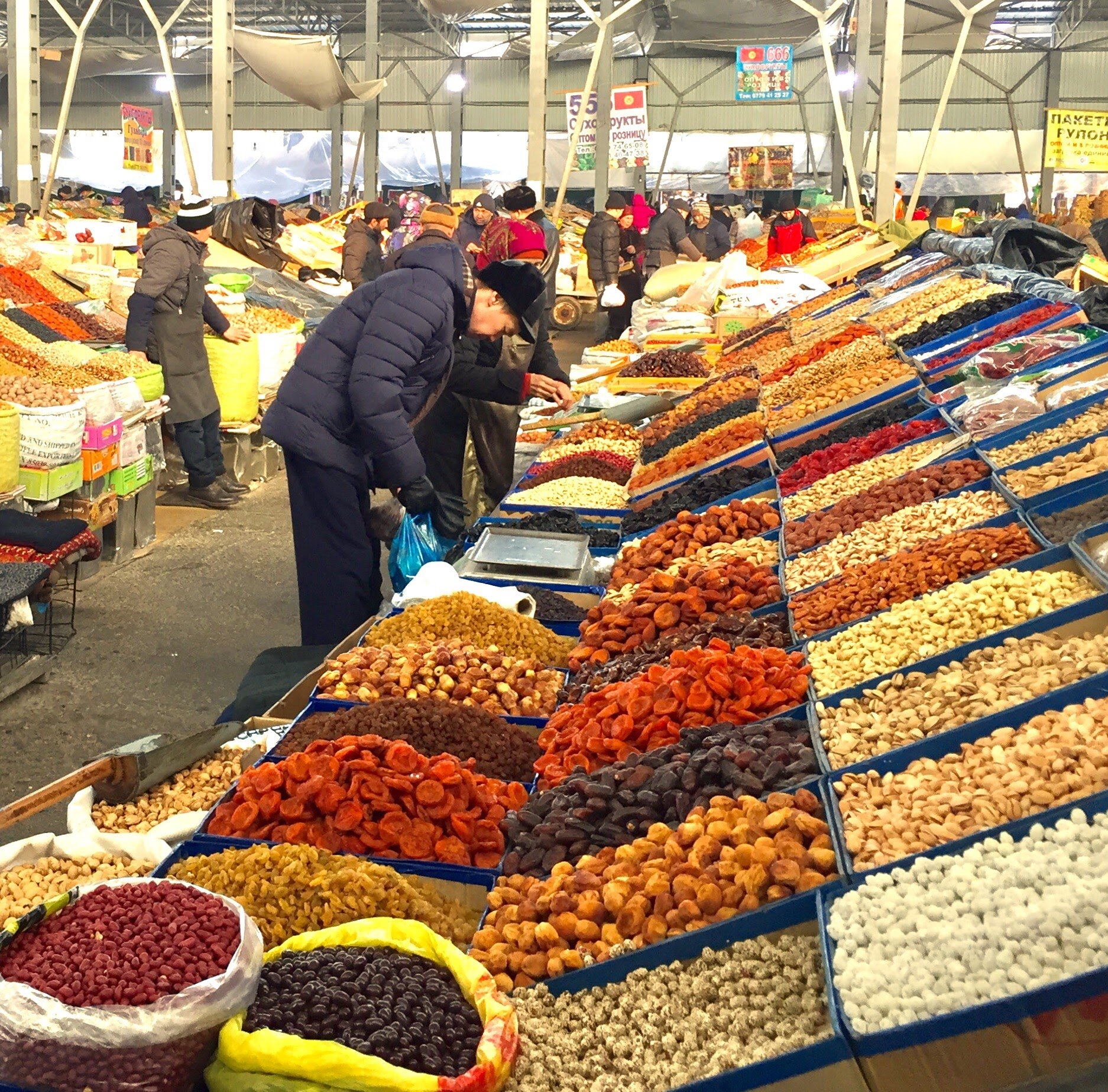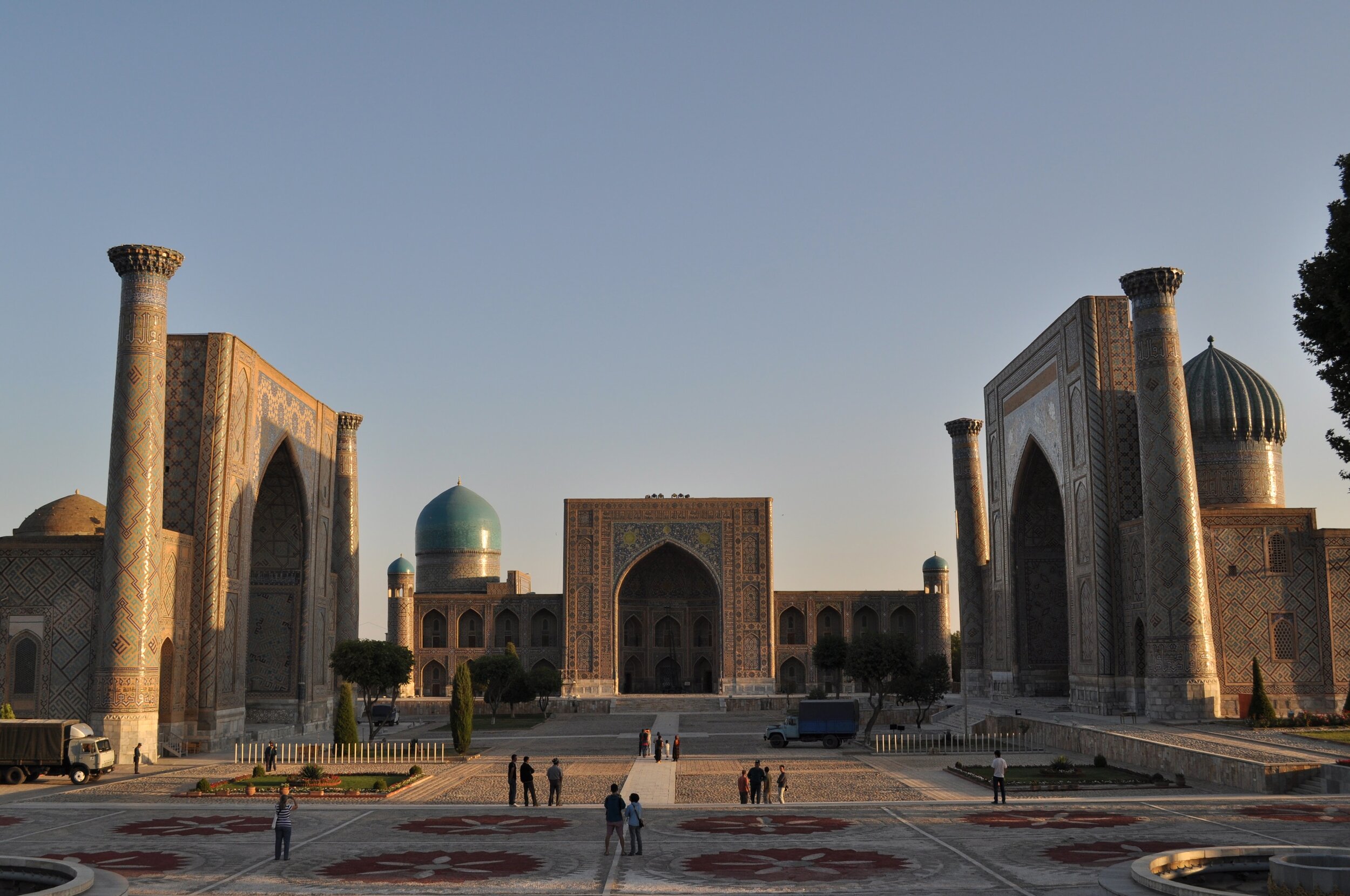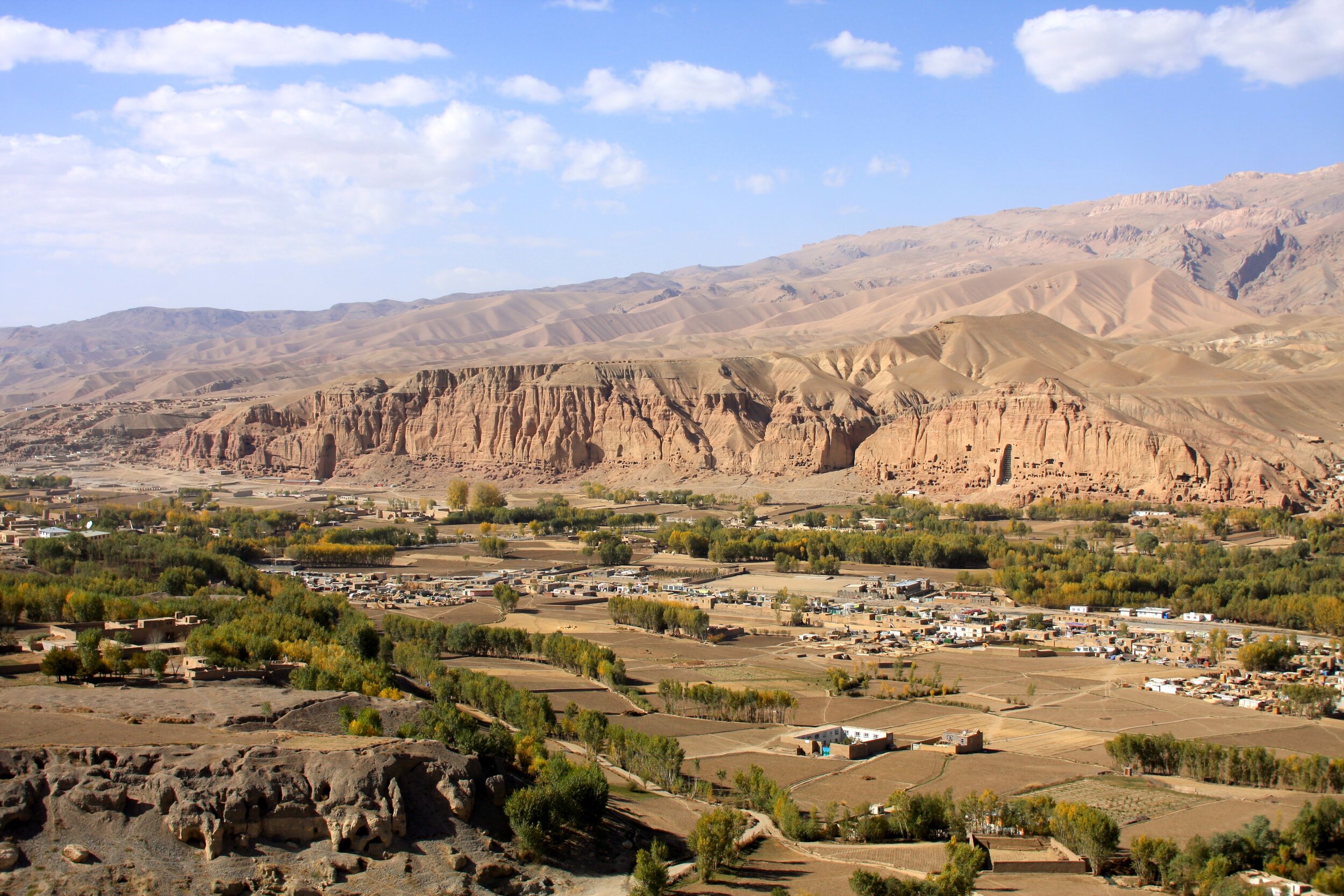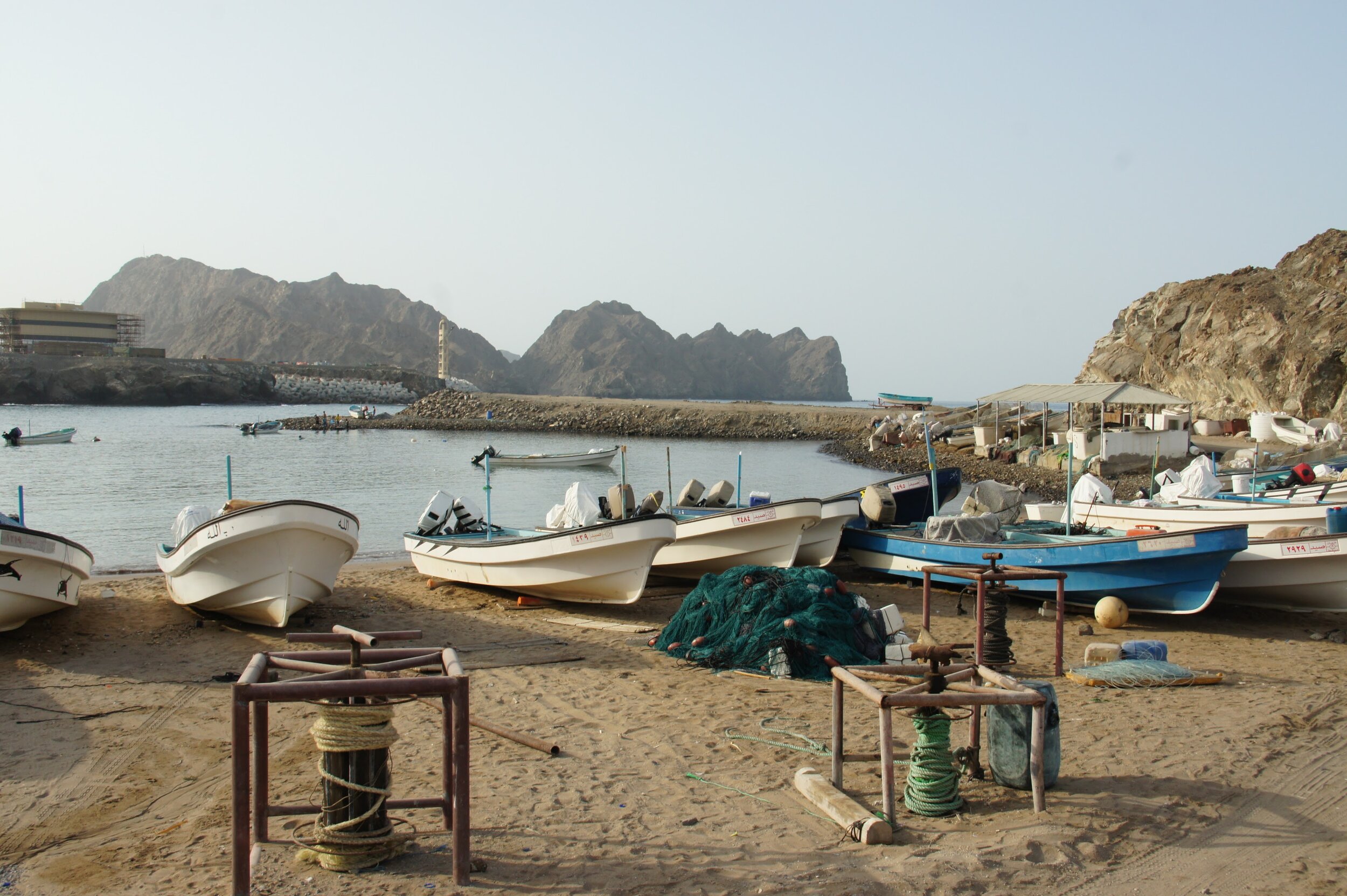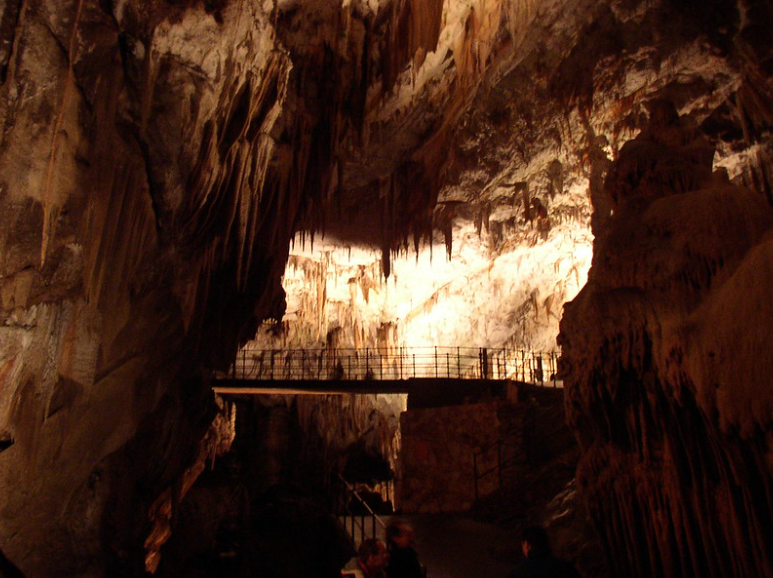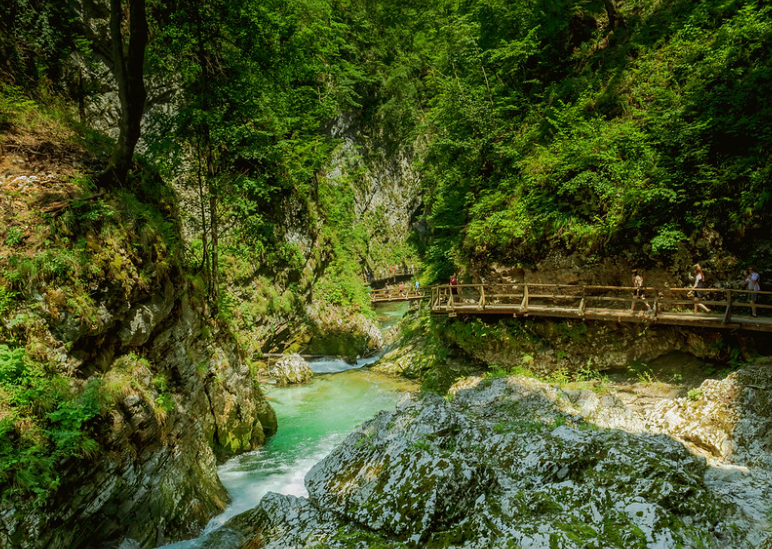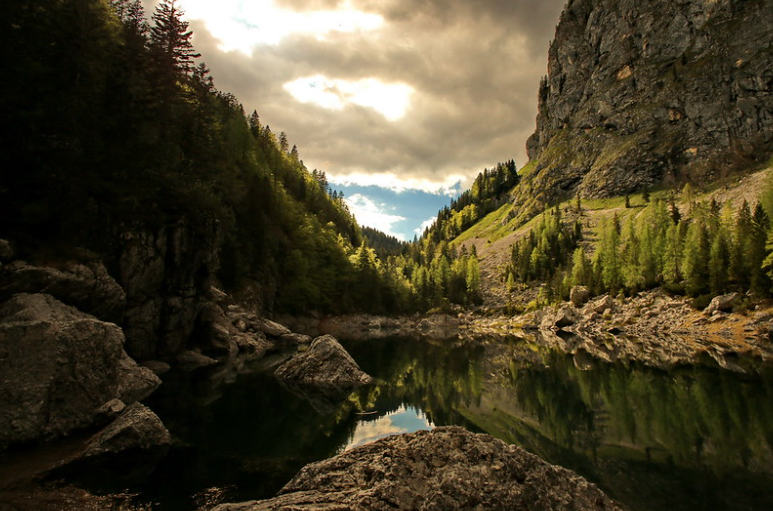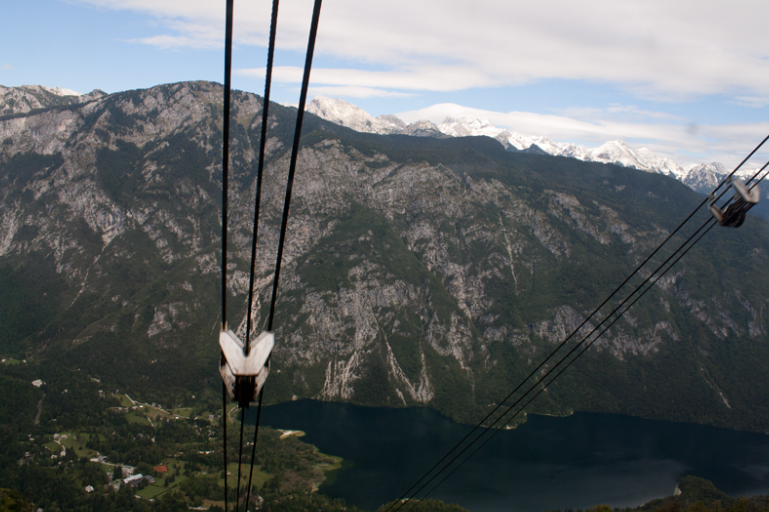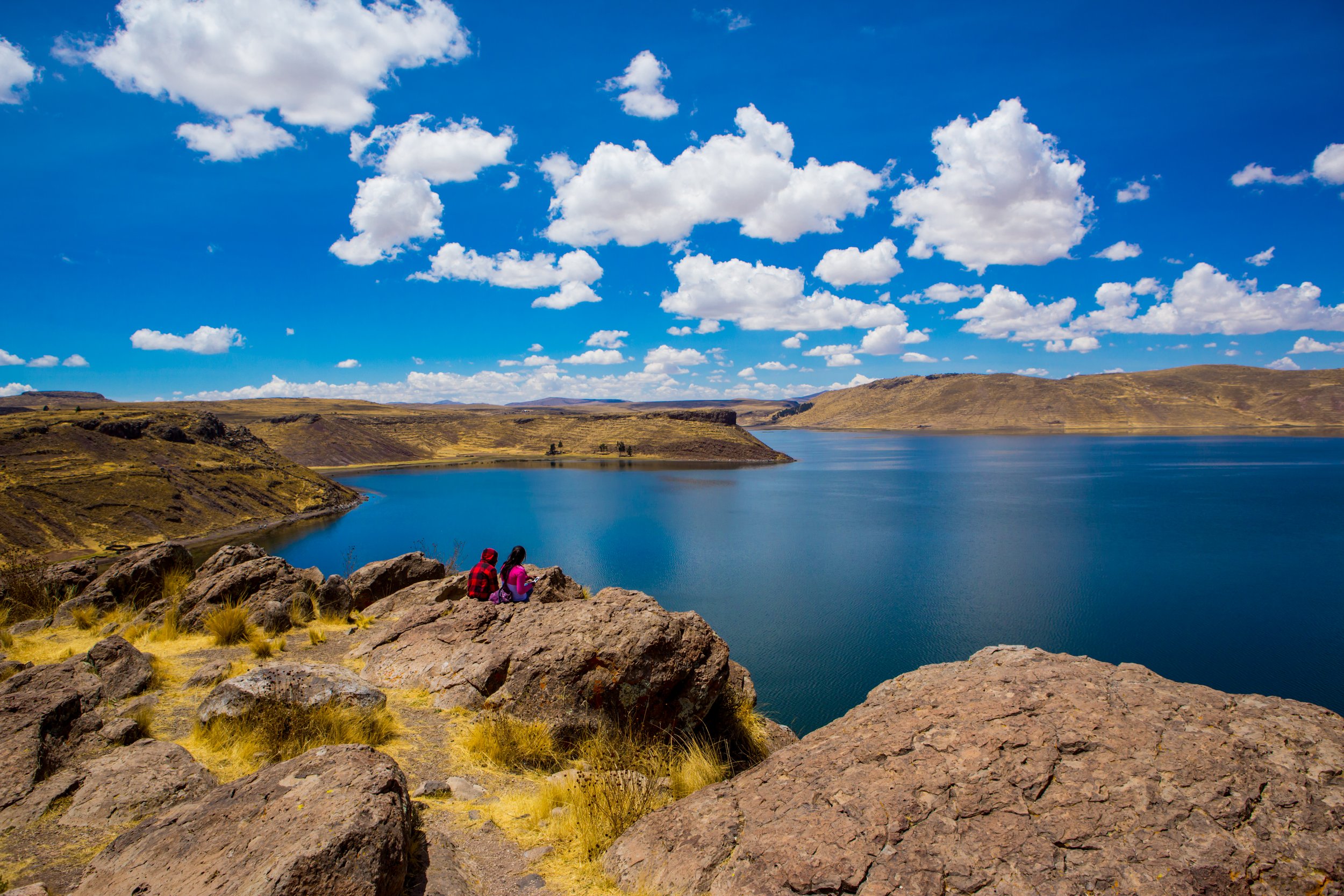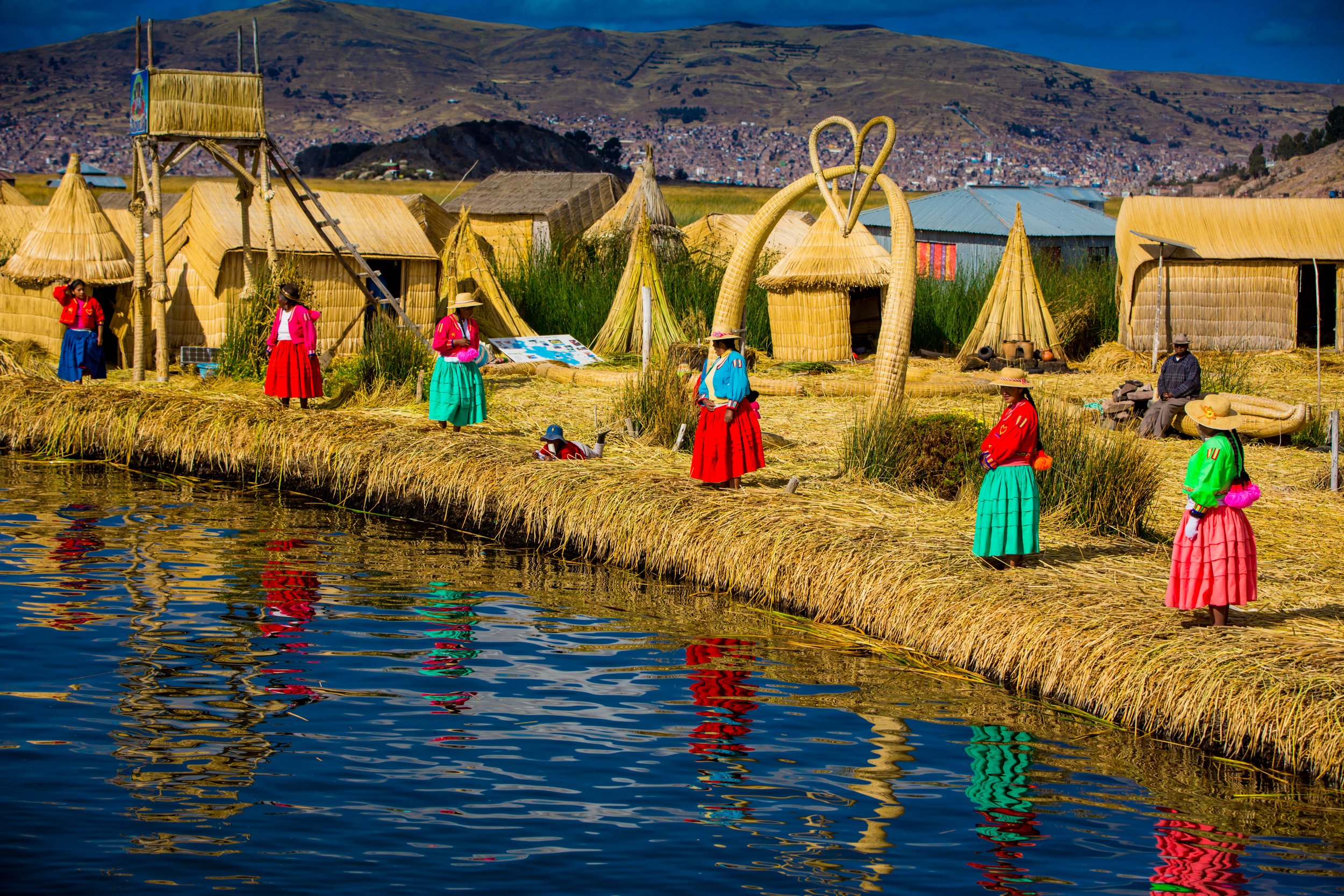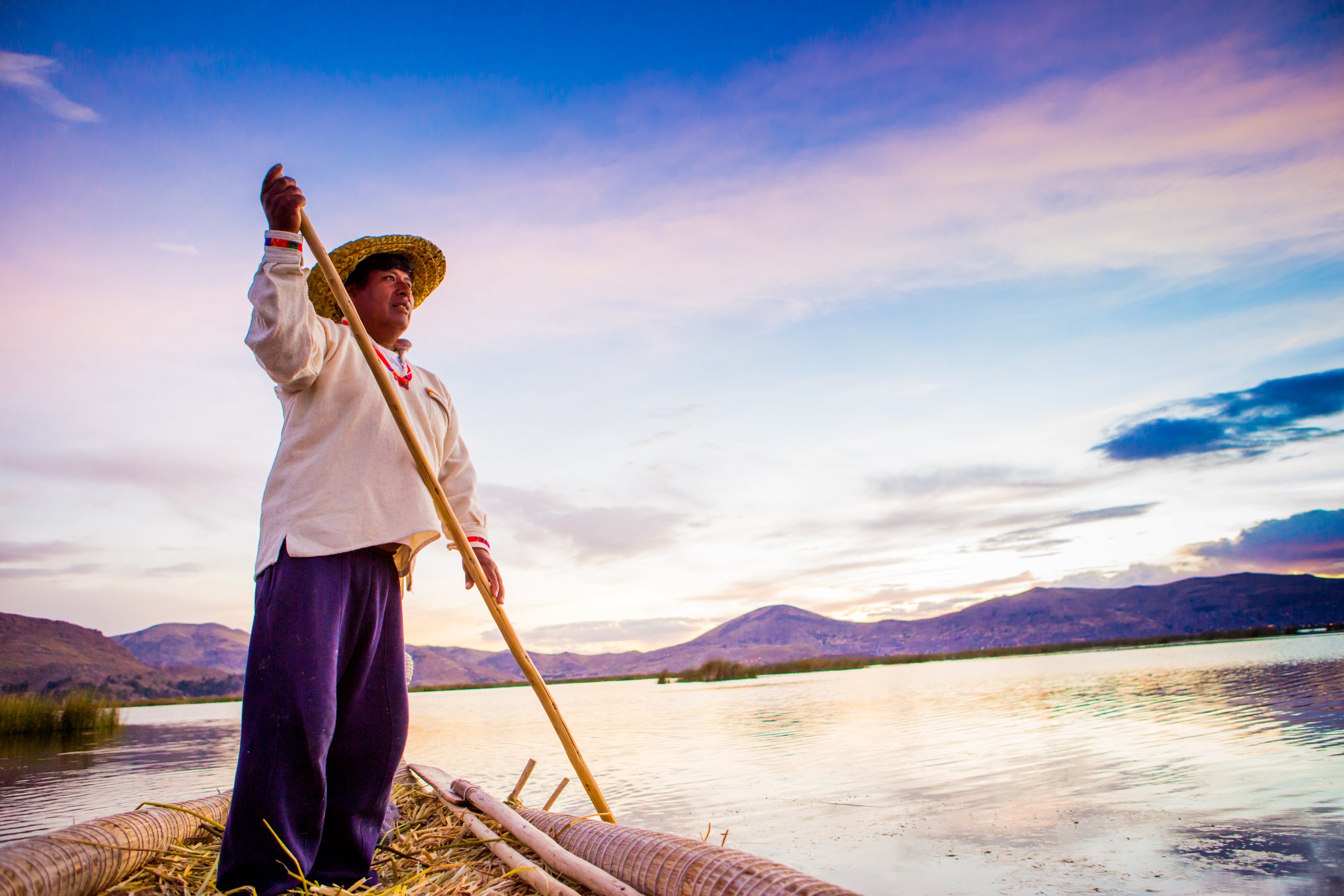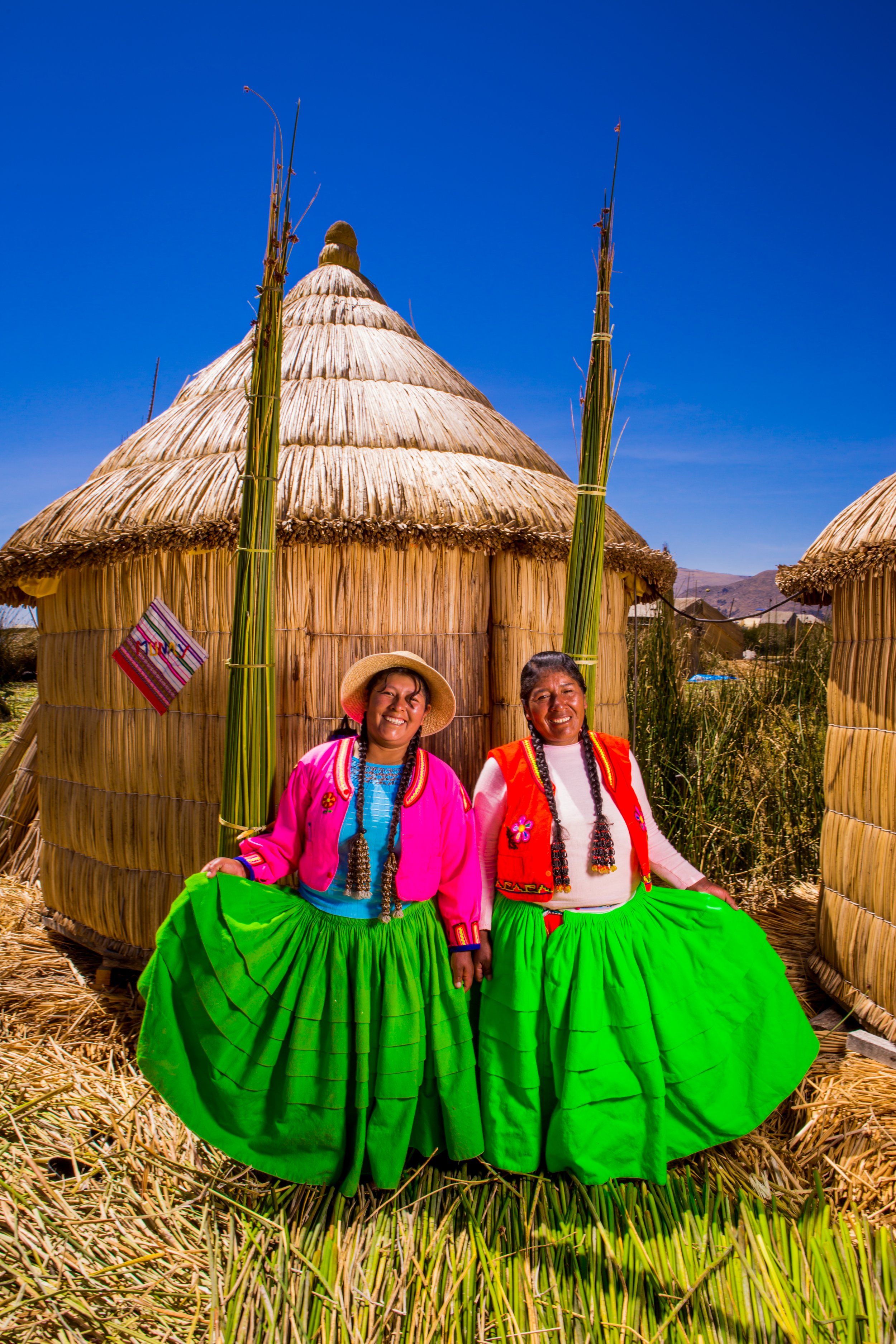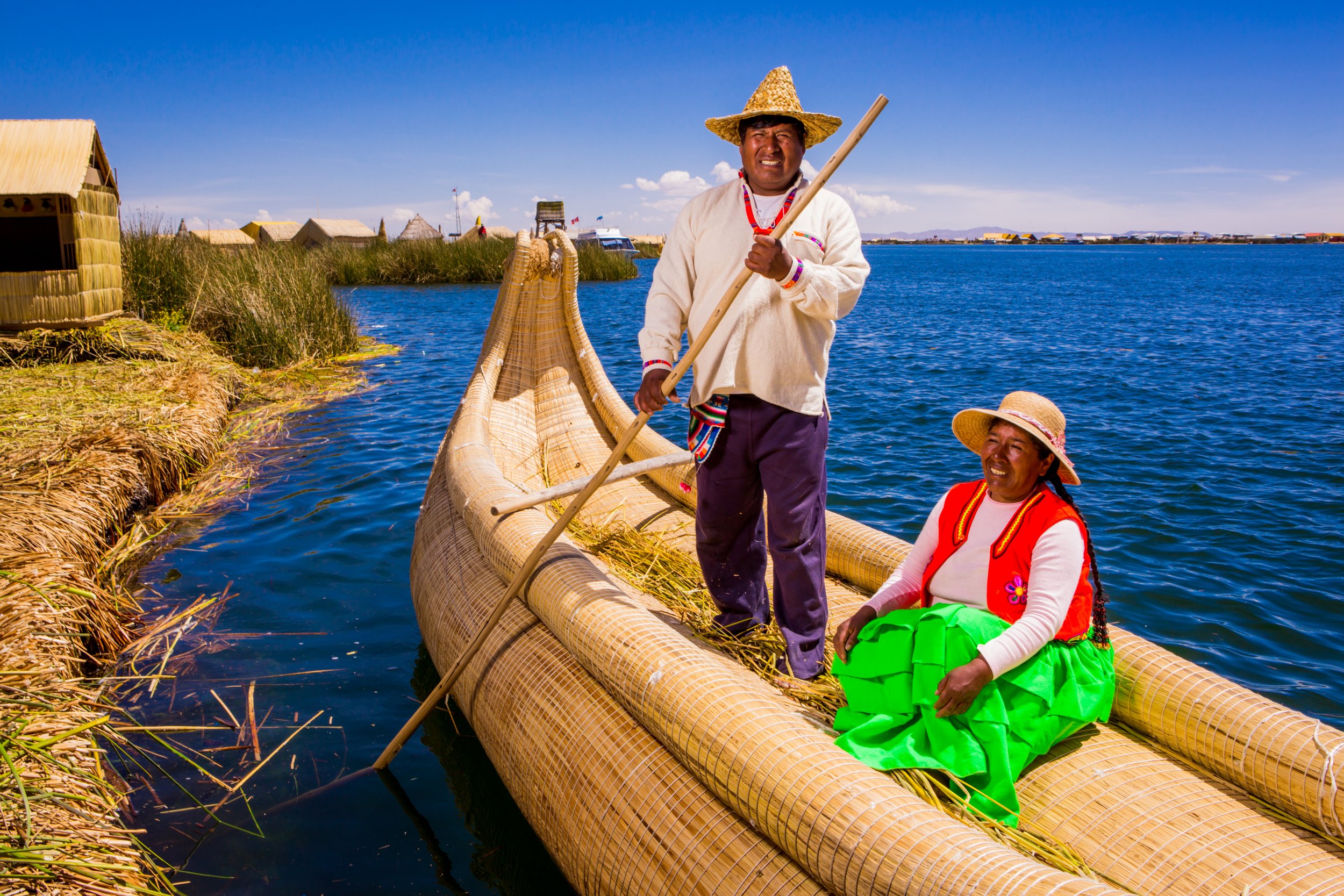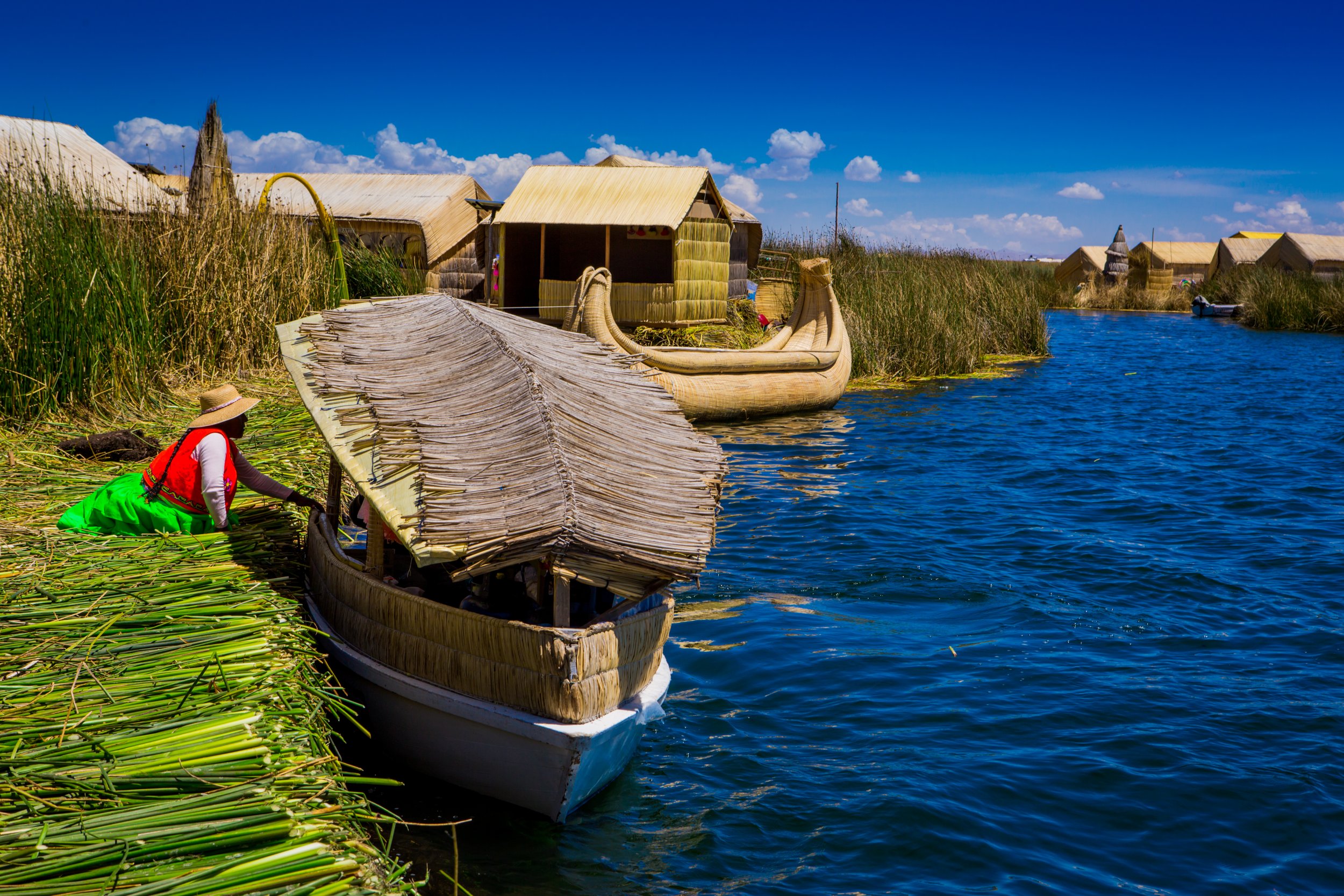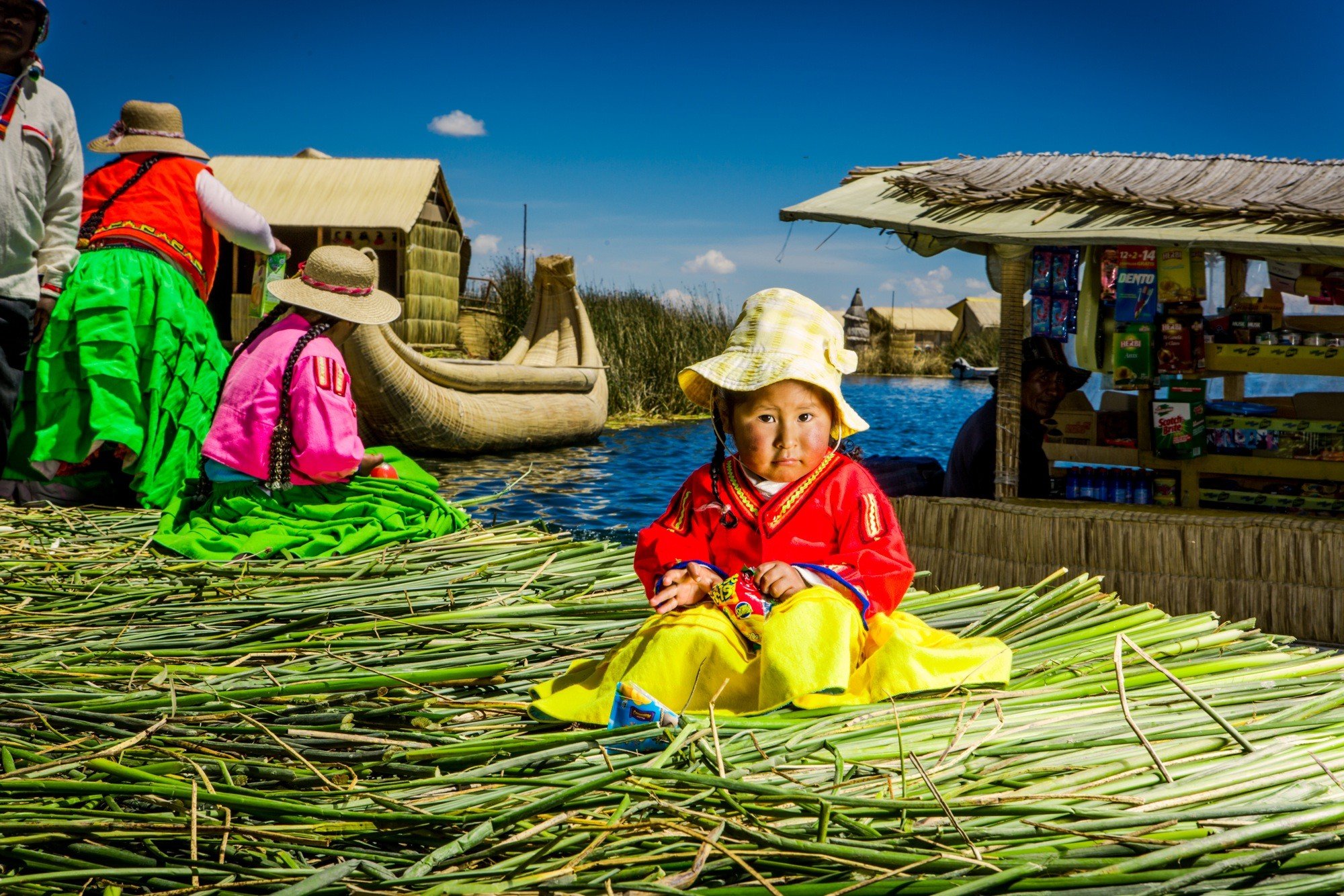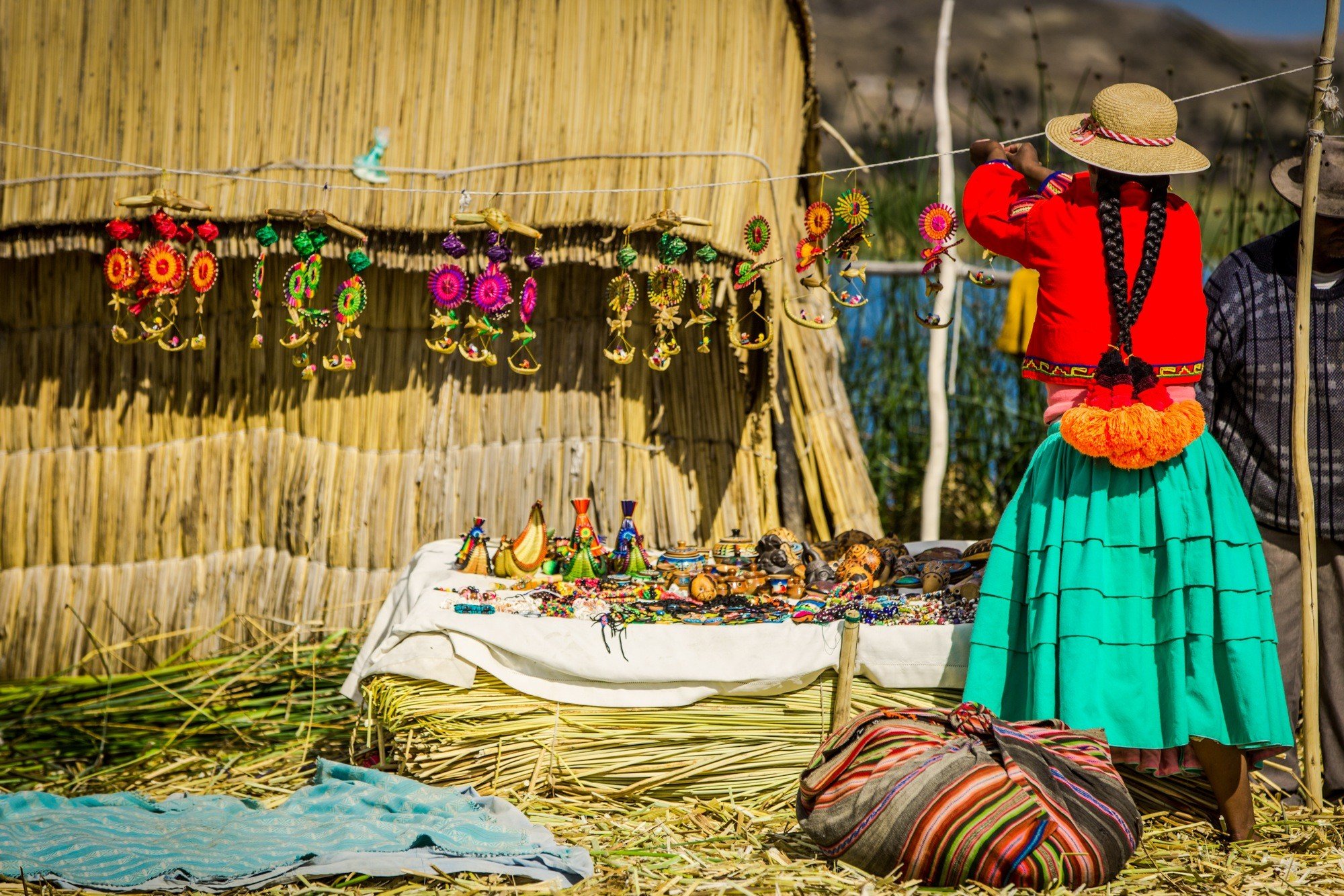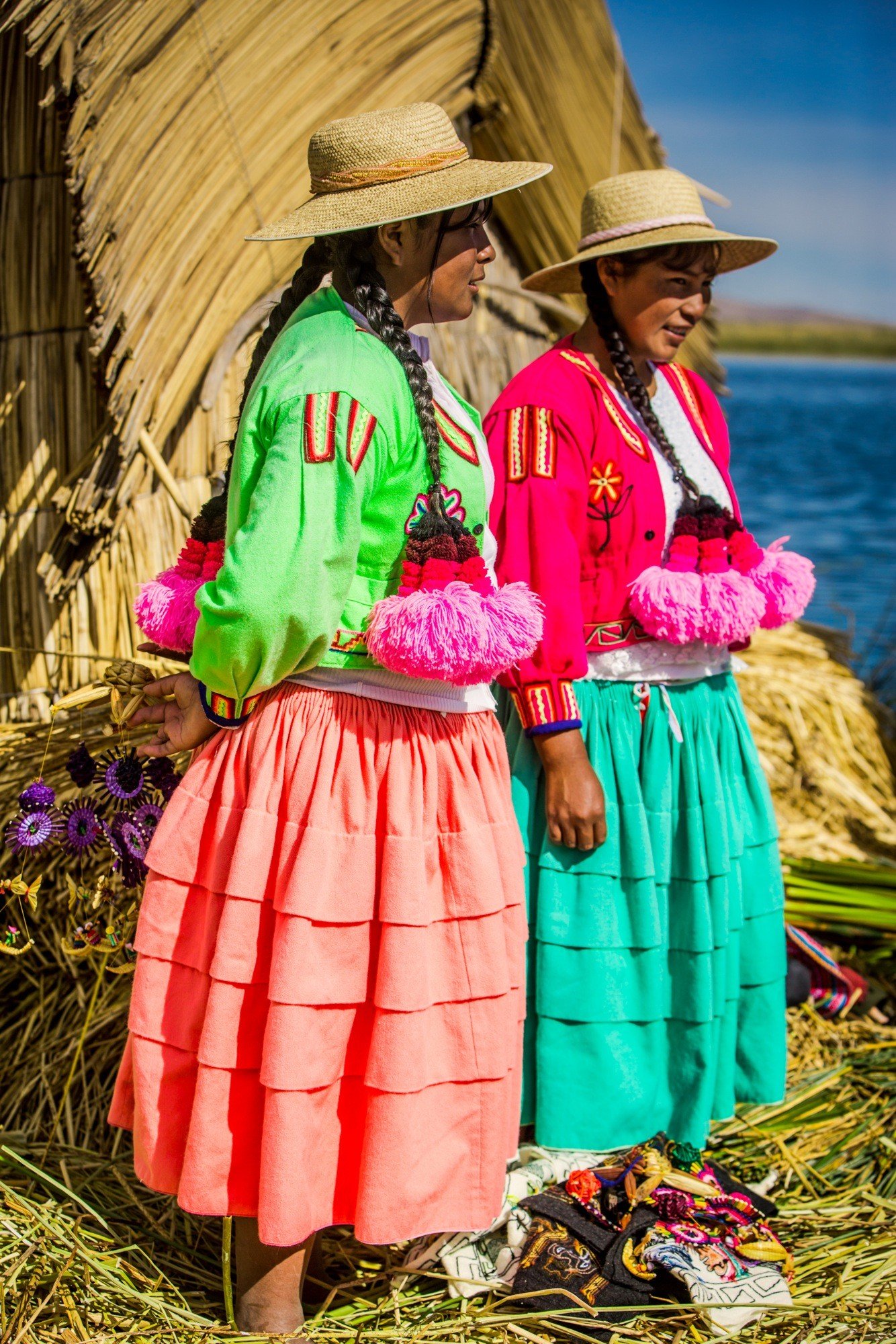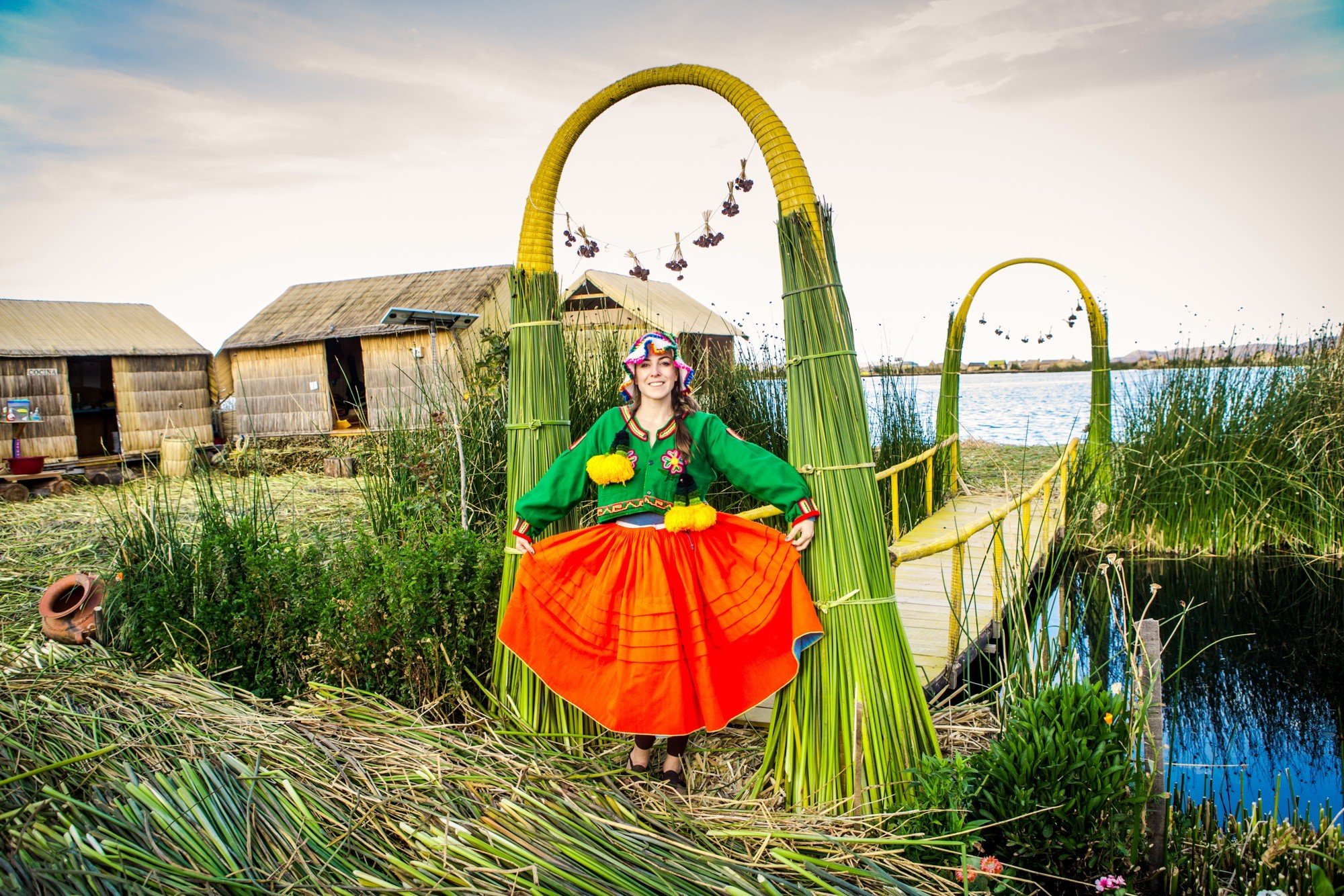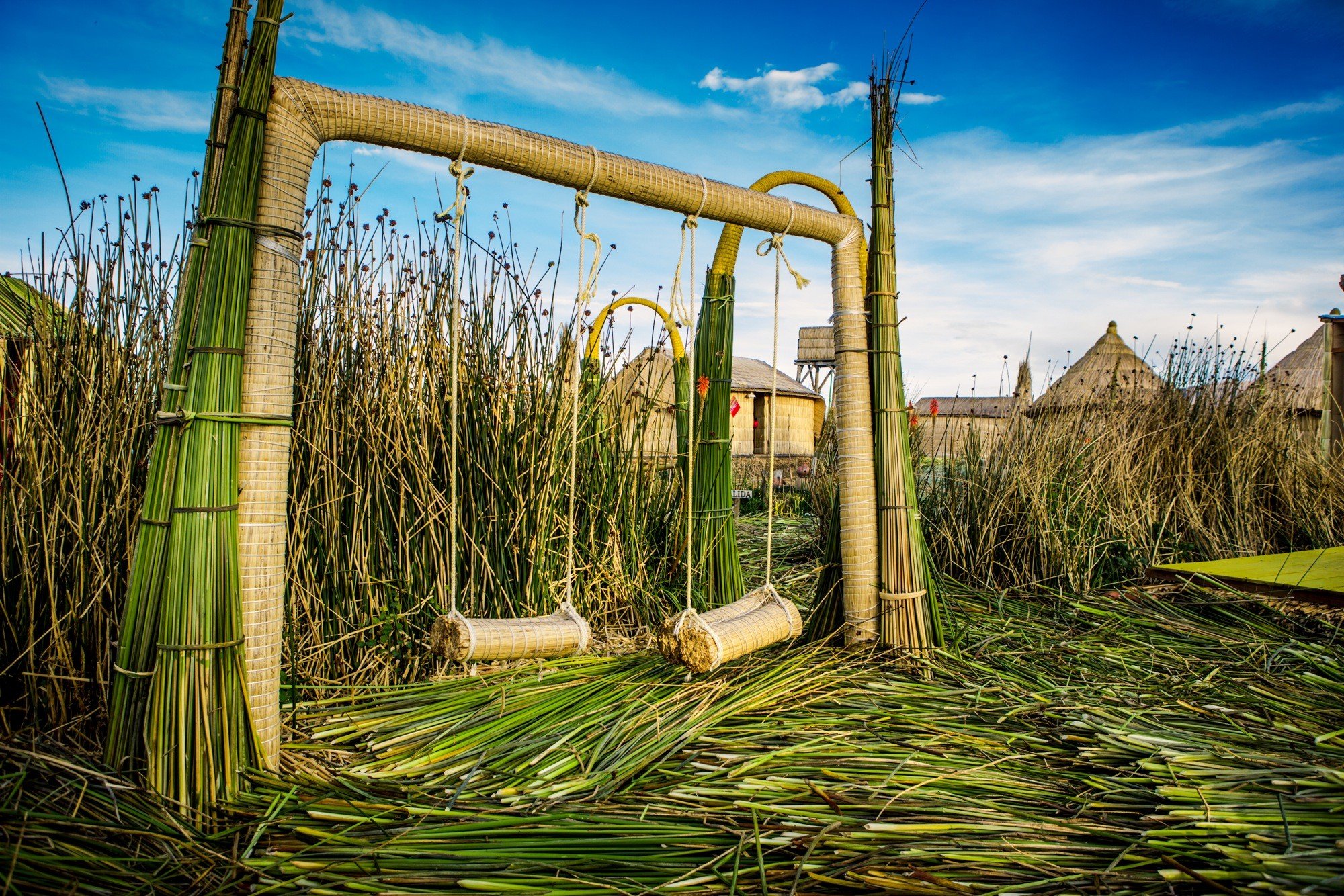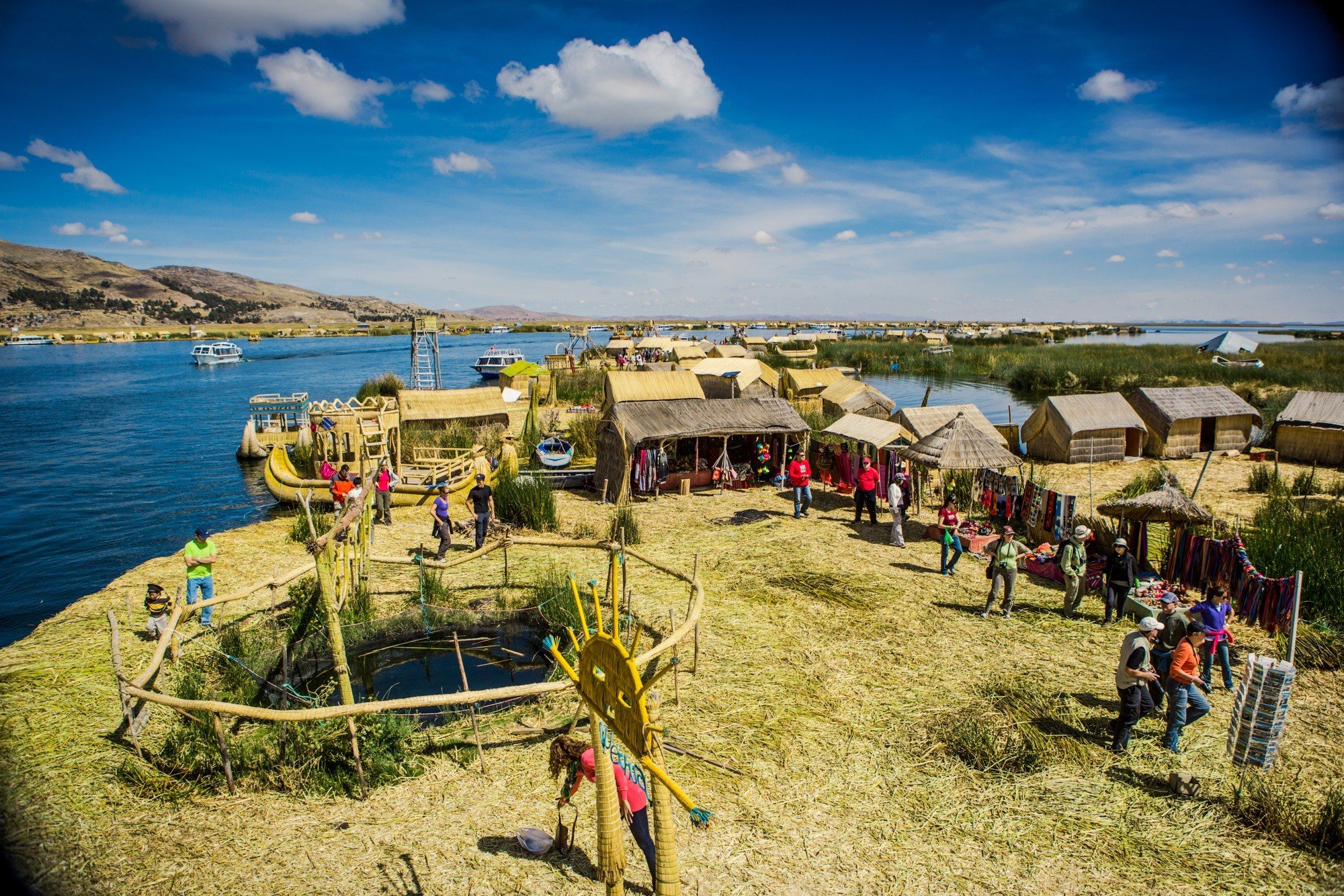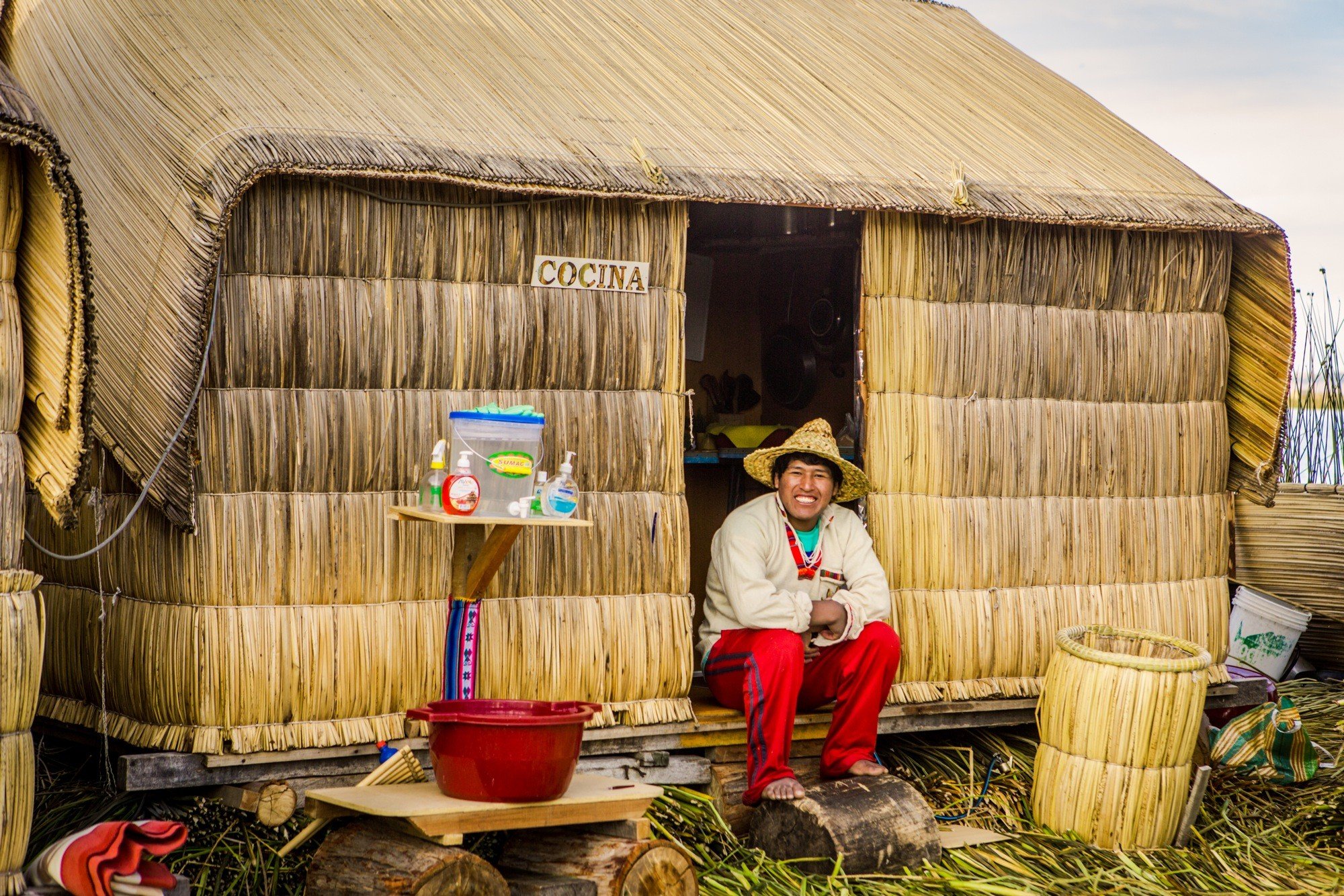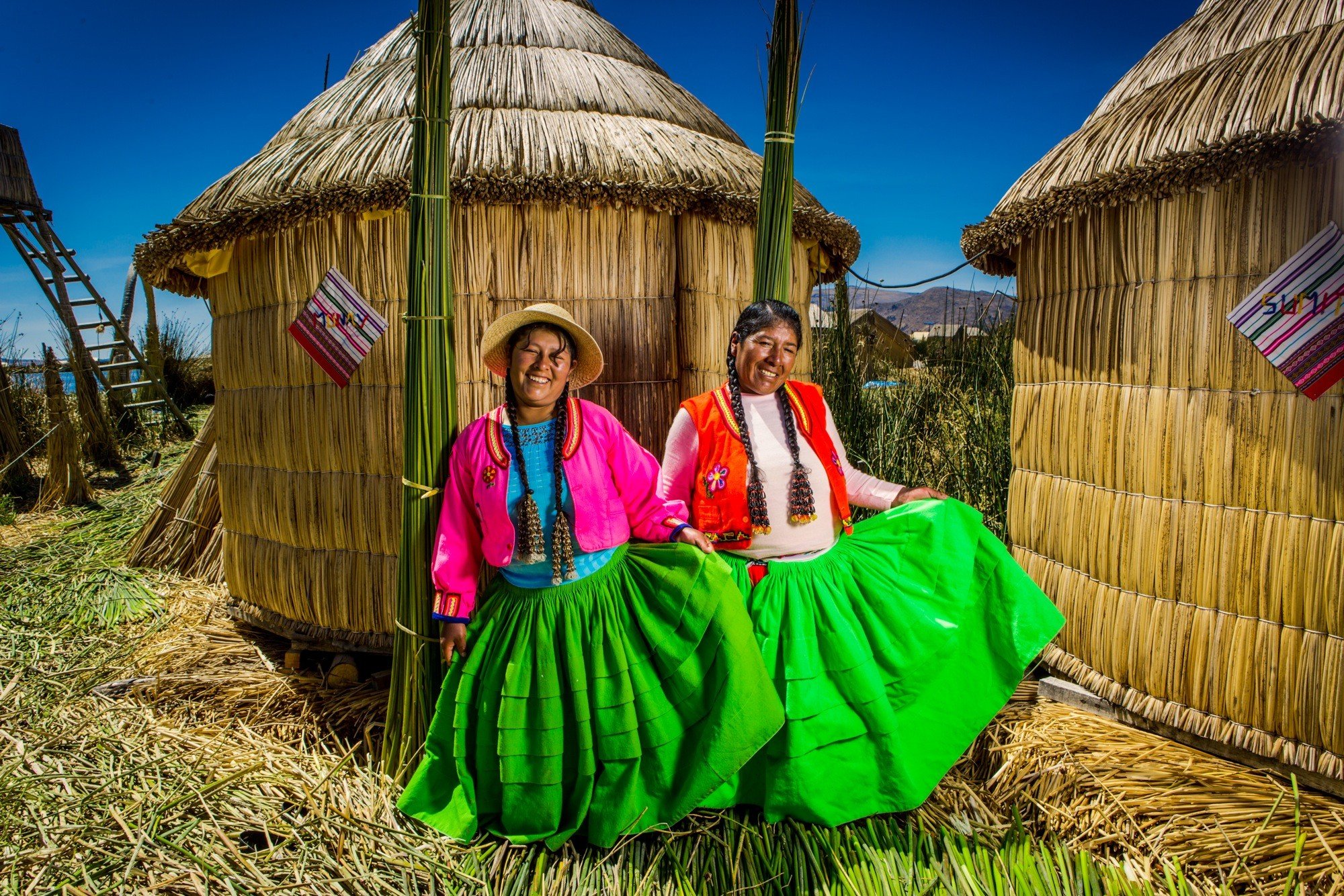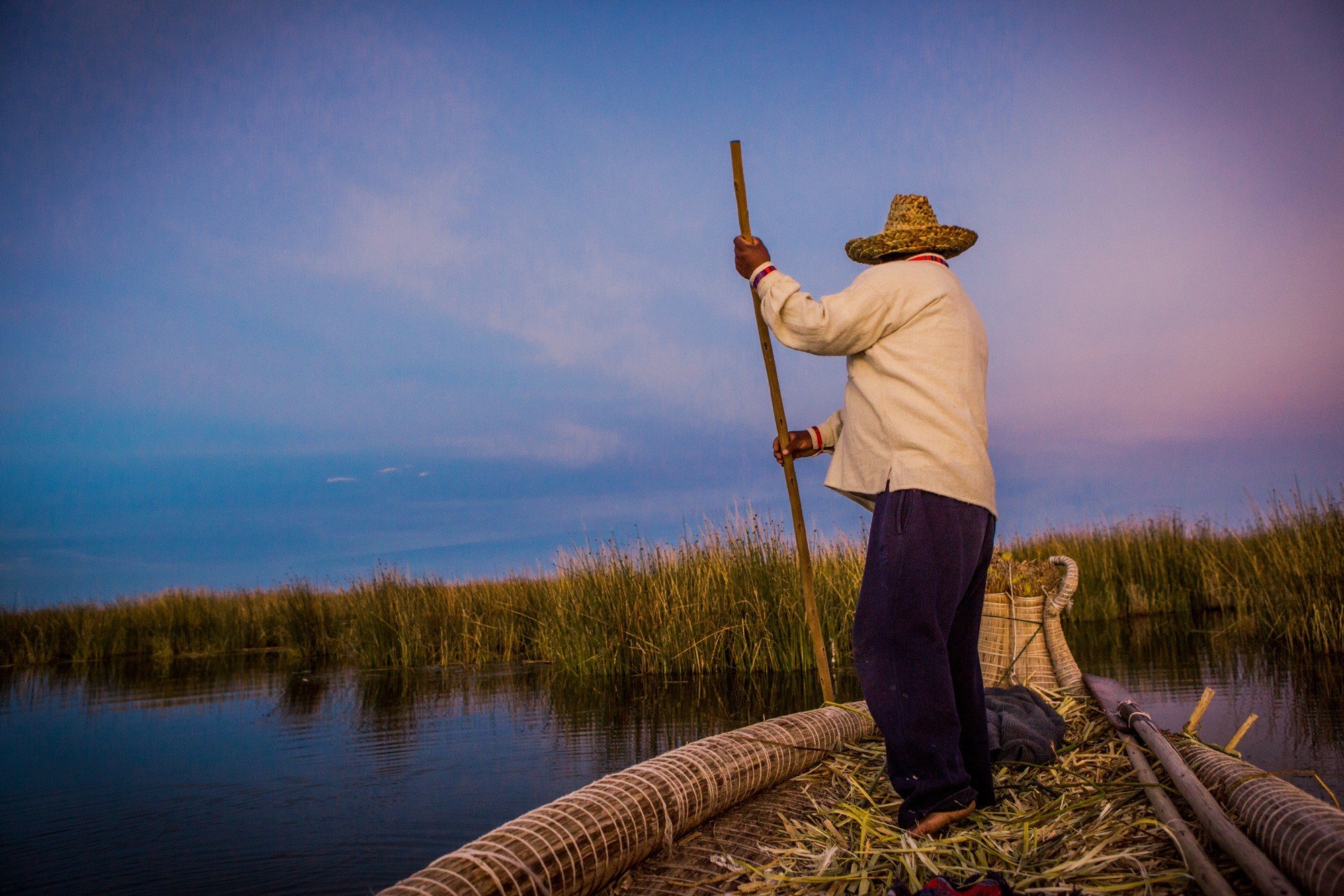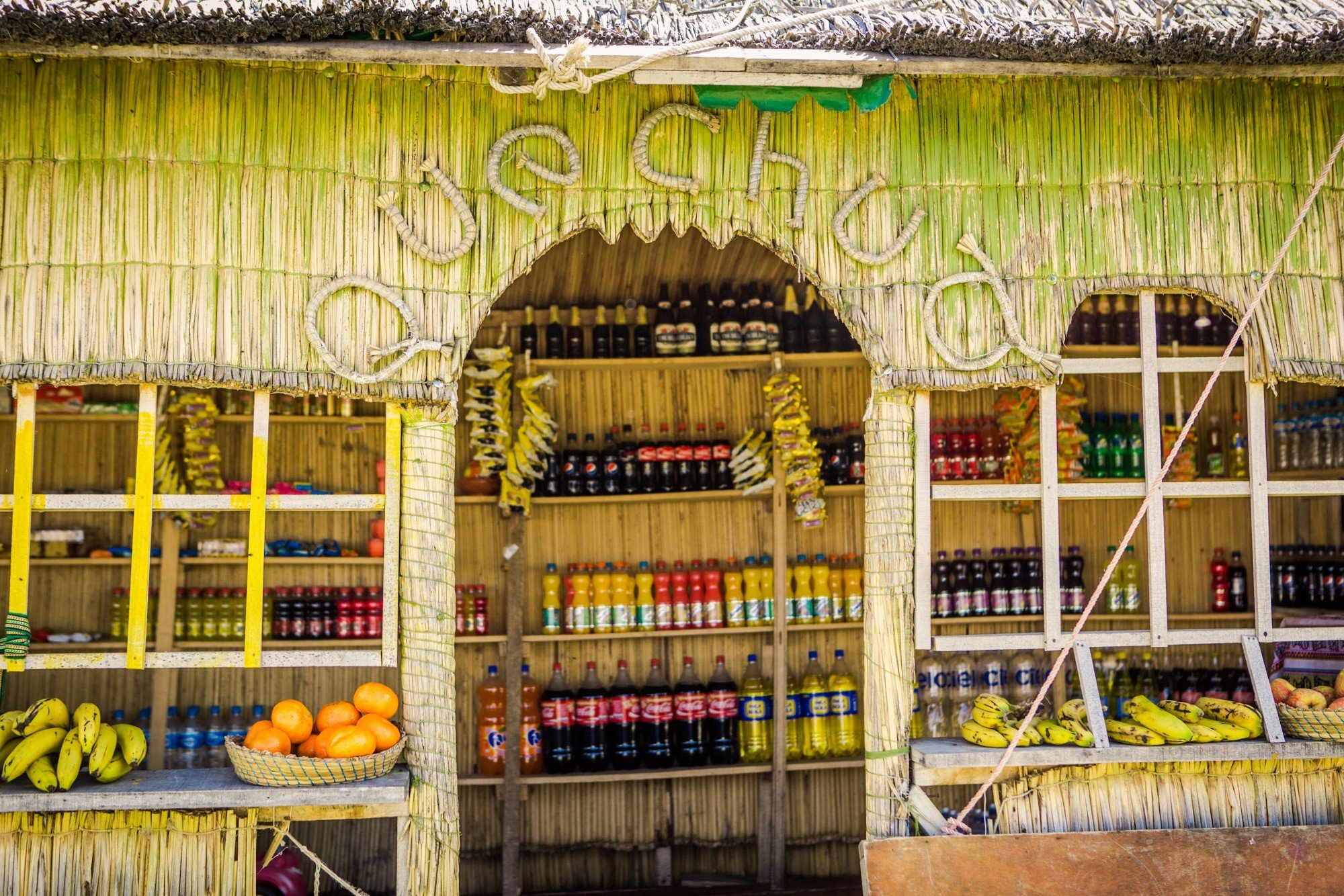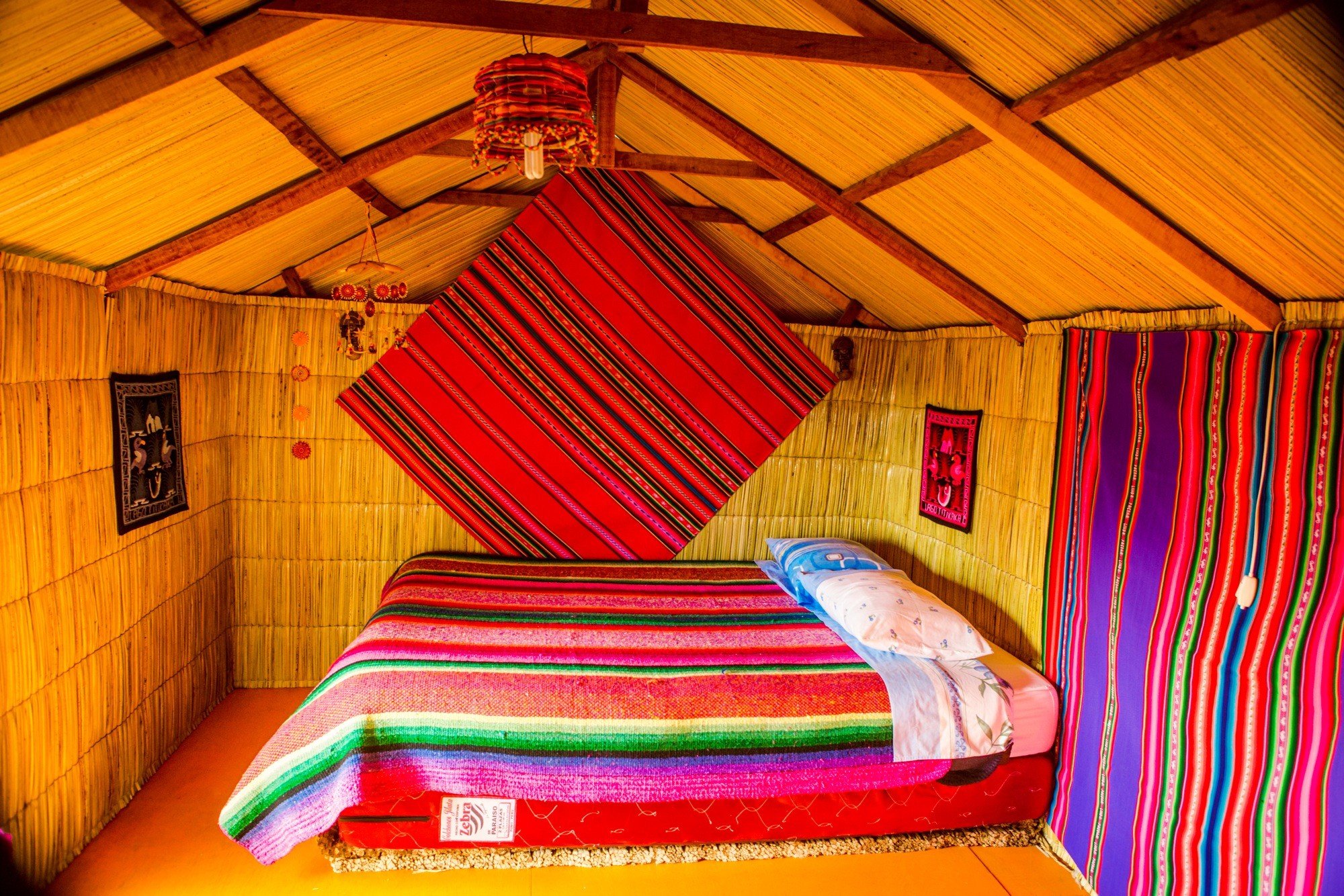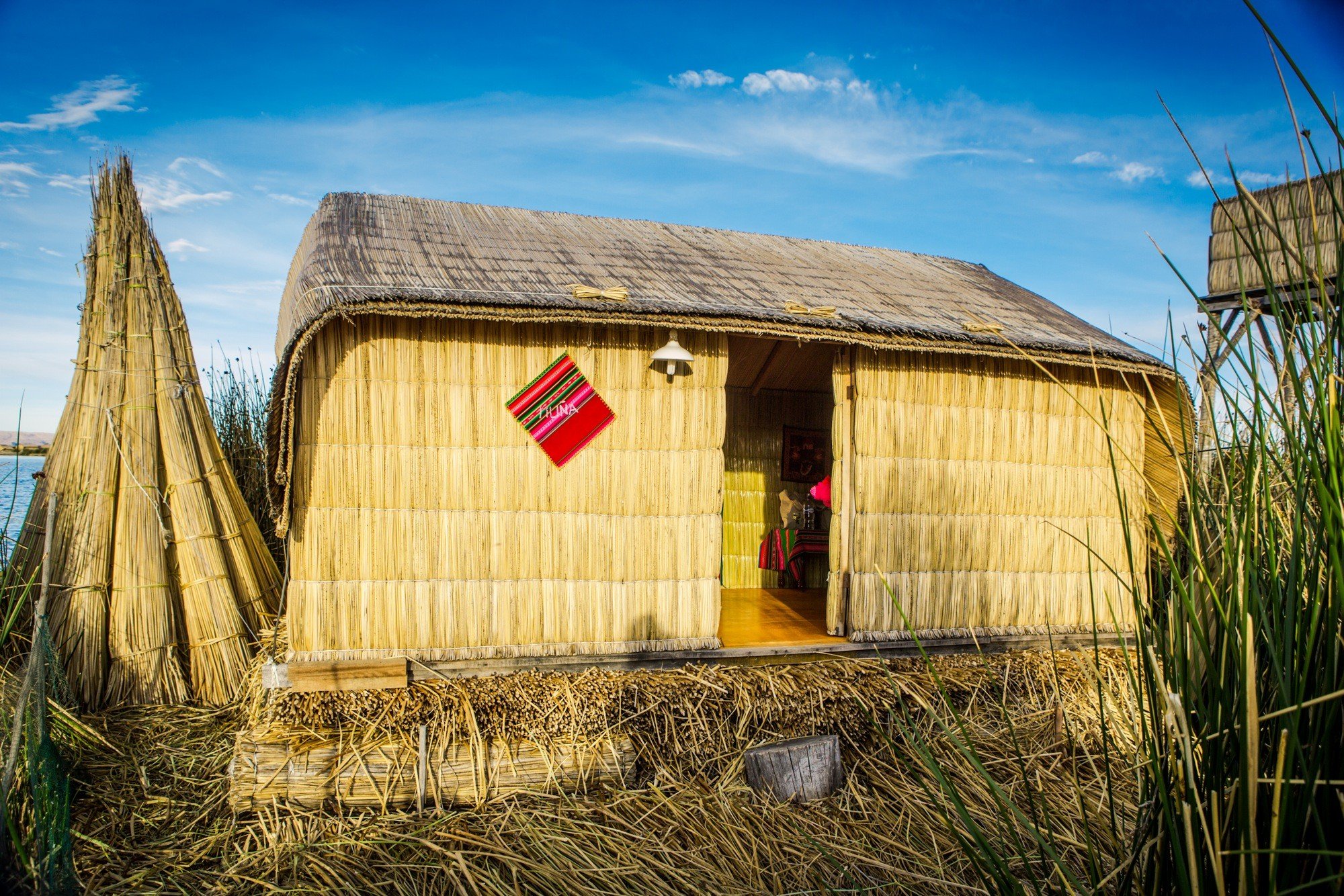From tales of adventure to memoirs, here are some pages to satisfy wanderlust, whether for the armchair traveler or the seasoned globe-trotter
Reading Traveler. Gauthier Delecroix. CC BY 2.0 DEED.
Books hold a unique allure; they allow their readers to experience journeys across continents, cultures and epochs. By digging into pages written by seasoned explorers, we encounter not only vivid adventures but insights into the boundless diversity of our world. This curated collection of travel books ranges from celebrated works such as the classic "Eat, Pray, Love" and voices that continue to redefine the genre.
In each of these books, the world unfolds, inviting readers to embark on their own journeys, whether on the road or in their imaginations. With glimpses into the art of traveling, let these pages be your passport to discovery.
1. "Bicycle Diaries" by David Byrne
In this captivating exploration of the world through the lens of a bicycle saddle, David Byrne’s offers a distinctive perspective on urban life and culture. As he pedals through cities such as Berlin, Buenos Aires, Istanbul and New York City, he explores the intricacies of urban planning and social dynamics. He is able to paint a portrait of the locale by immersing himself in the rhythm of the streets through the power of the bicycle.
2. "Eat, Pray, Love" by Elizabeth Gilbert
In the classic book about the transformative power of travel, Elizabeth Gilbert chronicles a year-long journey across Italy, India and Indonesia. While she seeks to rediscover herself, Gilbert is immersed in cultures and traditions that show her how to indulge in the pleasures of spirituality and love. Her story intertwines personal growth with the adventures of traveling, inspiring readers to embark on their own quests for self-discovery.
3. "The Slow Road To Tehran" by Rebecca Lowe
This book follows Rebecca Lowe’s solo through Iran, a country that is often misrepresented in Western media. Her narrative is rich with encounters with locals and reflections on the complexities of Iranian society. Through her immersive account of Iran, Lowe challenges stereotypes that perpetuate misunderstandings about Iran, highlighting the potential for travel to bridge cultural divides.
4. "The Catch Me If You Can" by Jessica Nabongo
In this memoir, Nabongo chronicles her quest to become the first black woman to travel to every country. Her adventures offer a glimpse into the diverse cultures and experiences across our globe that illustrates the profound impact of exploration in broadening perspectives. Not only is the transformative nature of travel emphasized, but also Nabongo’s perseverance and courage to explore on her own and embrace the world with open arms, urging readers to embark on their own journeys.
5. "Paris to the Moon" by Adam Gopnik
In this collection of essays, Gopnik recounts his experiences living in Paris with his family during the late 1990s. Through his witty observations and cultural insights he provides a vivid portrait of the City of Light, exploring its charm and timeless allure. Serving as a love letter to the city and a thoughtful narrative on the complexities of expatriate life, it is a must-read for anyone enamored with Paris.
6. "Blue Latitudes" by Tony Horwitz
In this exploration of James Cook’s voyages through the Pacific Ocean in the 18th century, Horwitz immerses himself in the captain's adventures. Through historical research and storytelling he brings Cook’s expeditions to life while also reflecting on their impact on Indigenous peoples. This blend of travelog and history offers readers a compelling journey through time, as they navigate the expanse of the Pacific alongside Cook and come to understand journeys’ implications for the modern world.
7. "Atlas of Vanishing Places" by Travis Elborough
Through vivid and stunning illustrations, Elborough takes readers on a journey to disappearing landscapes, from sinking islands to vanishing cities. While the book highlights the beauty and cultural significance of these places, it also sheds light on the environmental and societal factors that threaten their existence. As an exploration of some of the world’s most fascinating yet endangered locales, it serves as a reminder of the fragility of our planet and the need for conservation efforts to preserve it.
8. "The Vagabond’s Way" by Rolf Potts
Drawing on his experiences of long-term travel, Potts shares practical advice about the philosophy of wandering and art of living on the road. With engaging storytelling and profound insights, readers are encouraged to embrace a life of adventure and curiosity that offers an enriching existence beyond the confines of conventional living. As a guide for anyone seeking to break free of the constraints of routine and embark on a journey of self-discovery, this book is a must-read.
9. Imagine a City by Mark Vanhoenacker
Vanhoenacker paints a picture of cities as living, breathing entities that are shaped by their history and culture. Drawing on his experiences as a pilot, Vanhoenacker offers a unique perspective from above that helps to explore the interconnectedness of cities at large. This thought-provoking ode to the power of urban spaces invites readers to reimagine the cities that they inhabit and encourages greater connection with the world around them.
10. "The Geography of Bliss" by Eric Weiner
In his journey across the globe in search of fulfillment, Weiner uses insightful reflections and wit to explore the cultural and geographical factors that shape our perceptions of happiness. Traversing countries ranging from Switzerland to Bhutan, he discovers that the true essence of happiness lies not in material wealth but in the richness of human connections and purposeful living. Weiner’s book offers a heartwarming exploration of the universal quest for joy that holds important meaning for all of us.
Mira White
Mira is a student at Brown University studying international and public affairs. Passionate about travel and language learning, she is eager to visit each continent to better understand the world and the people across it. In her free time she perfects her French, hoping to someday live in France working as a freelance journalist or in international affairs.







